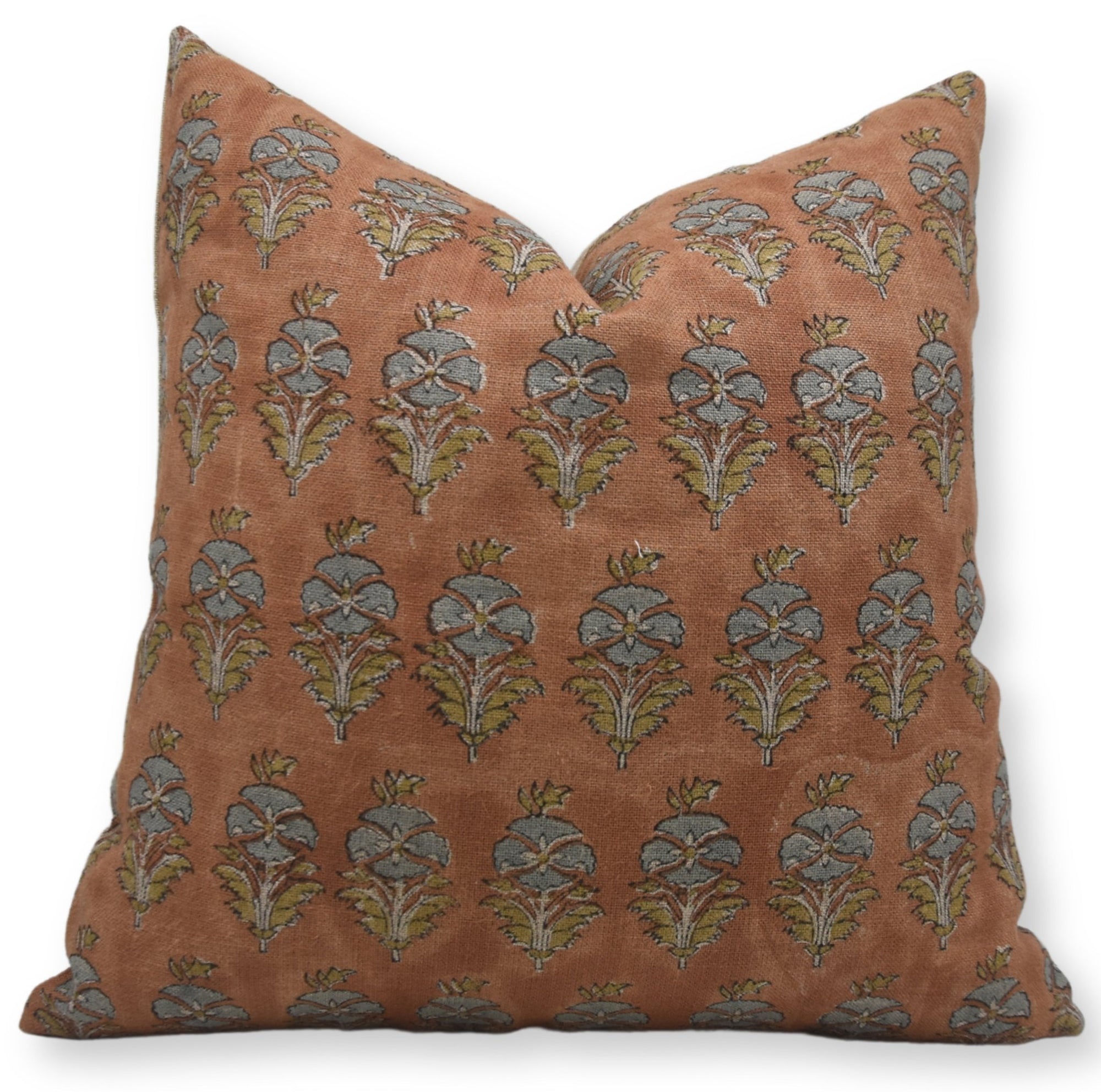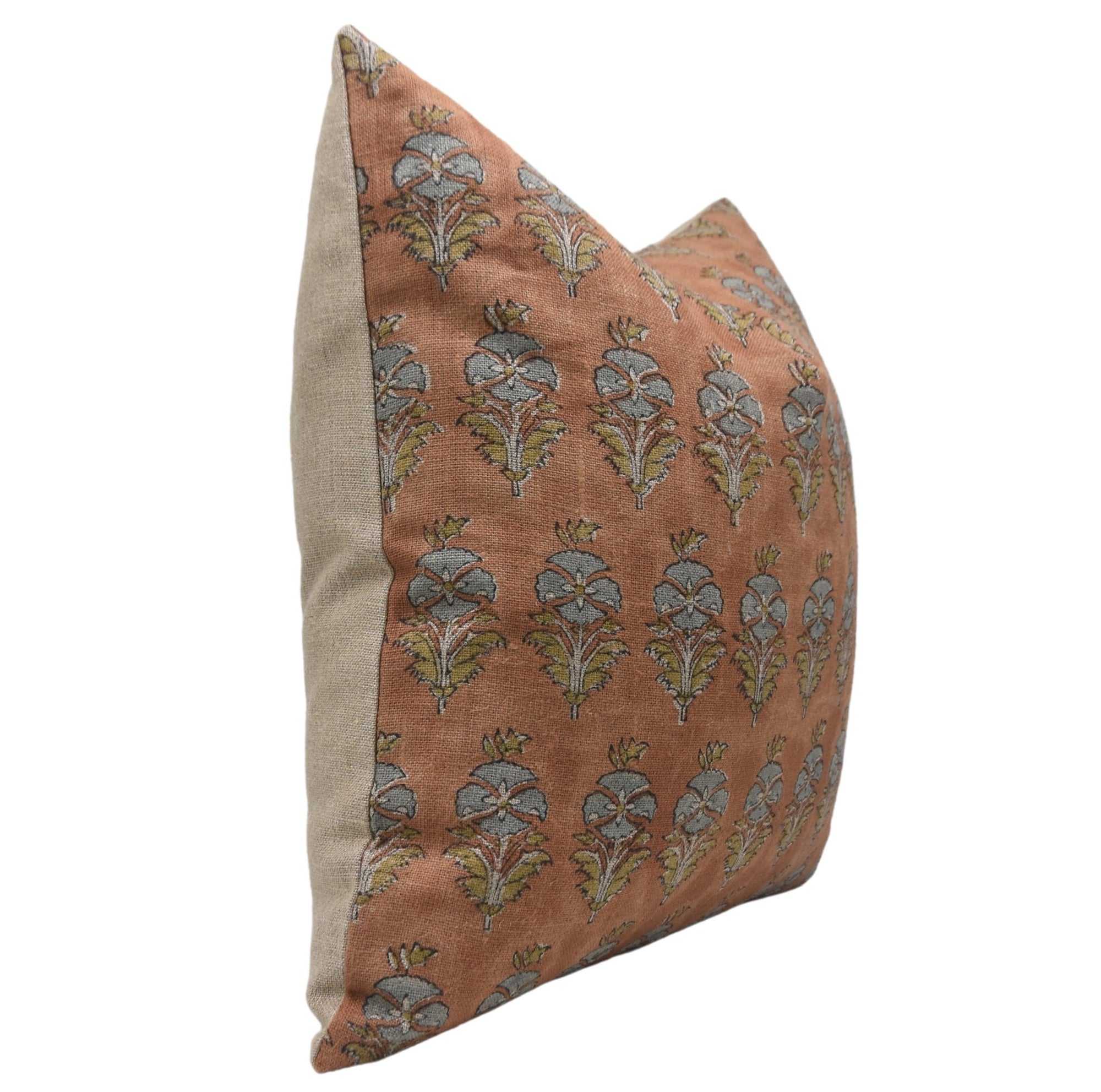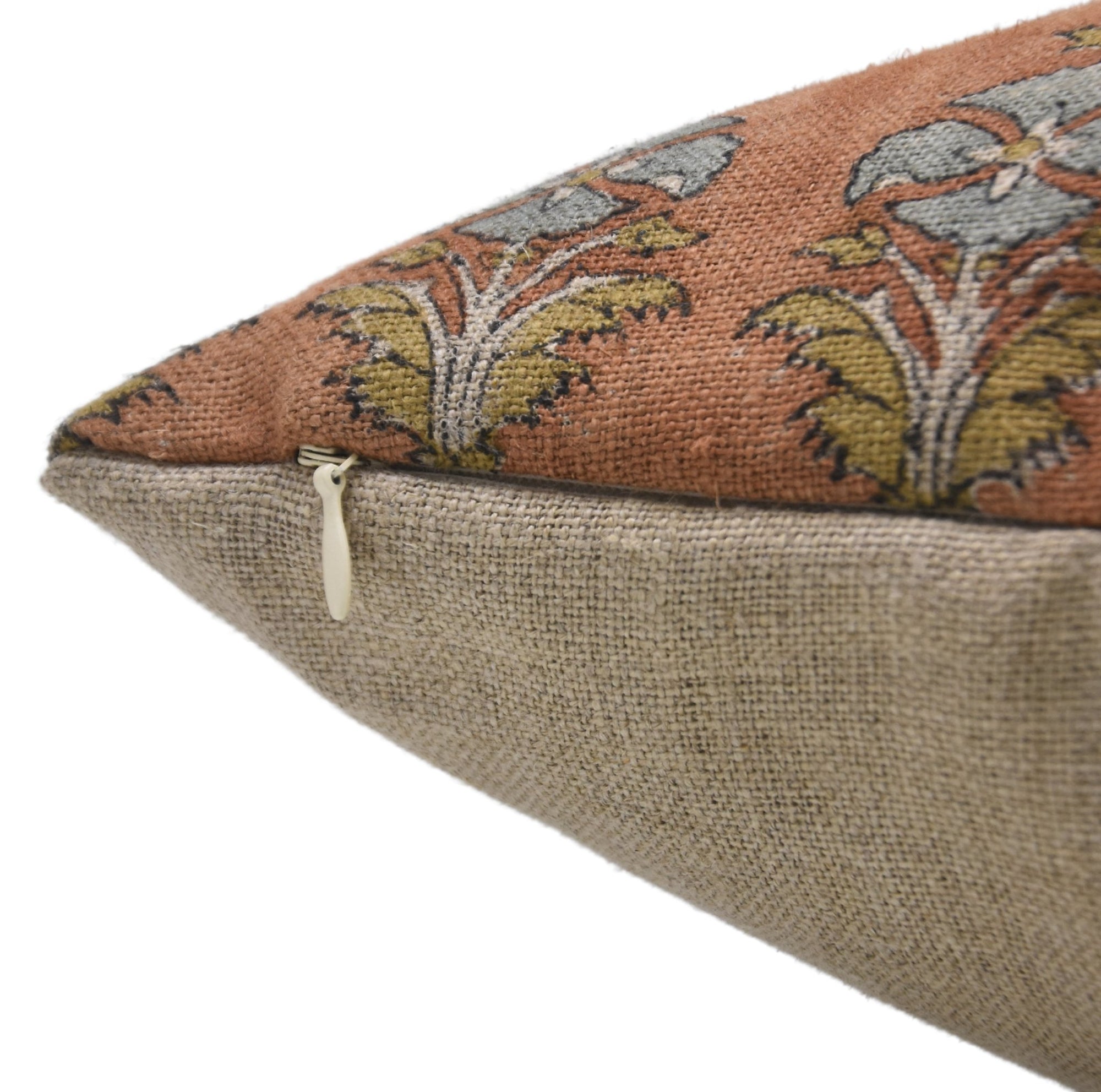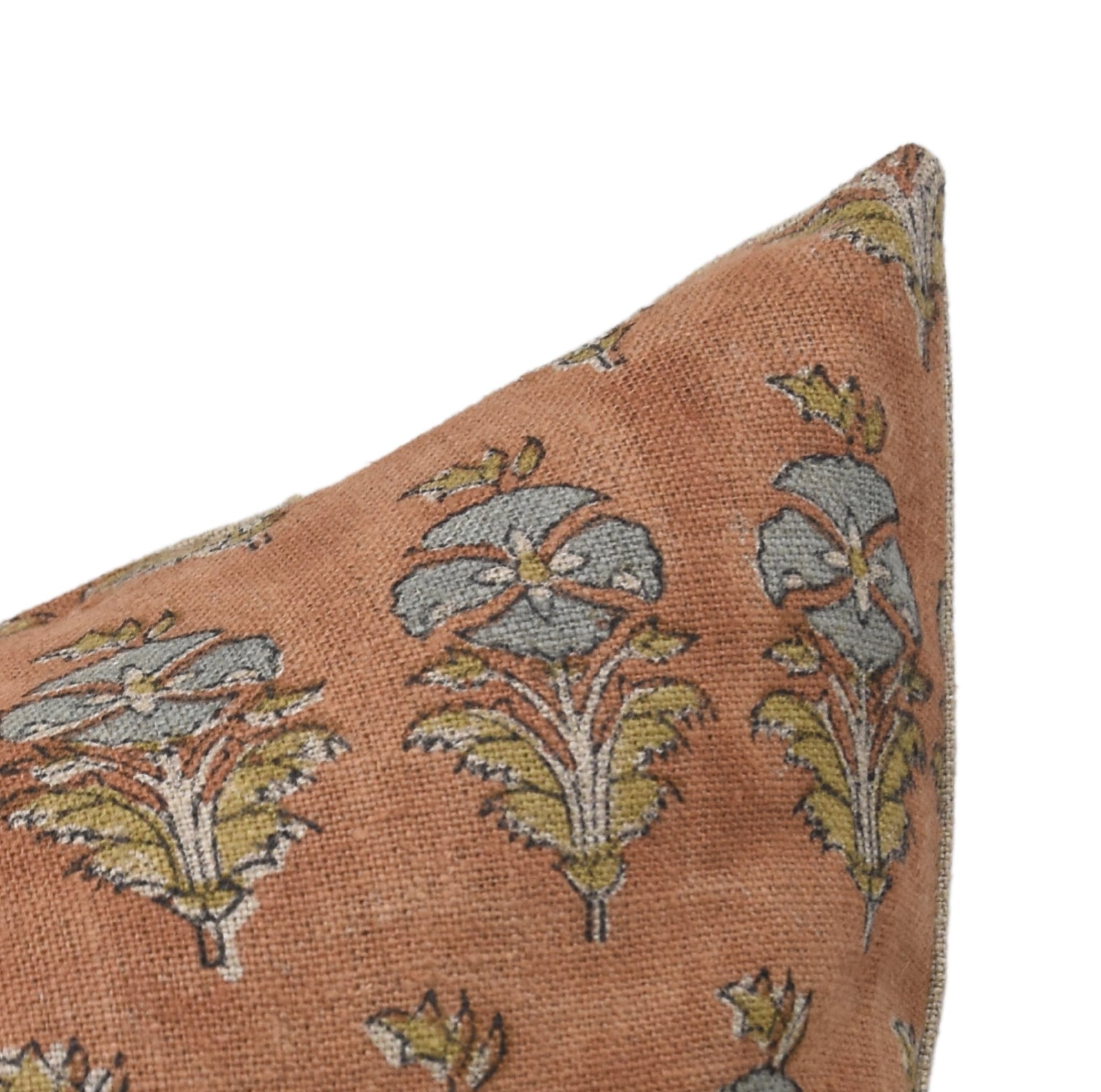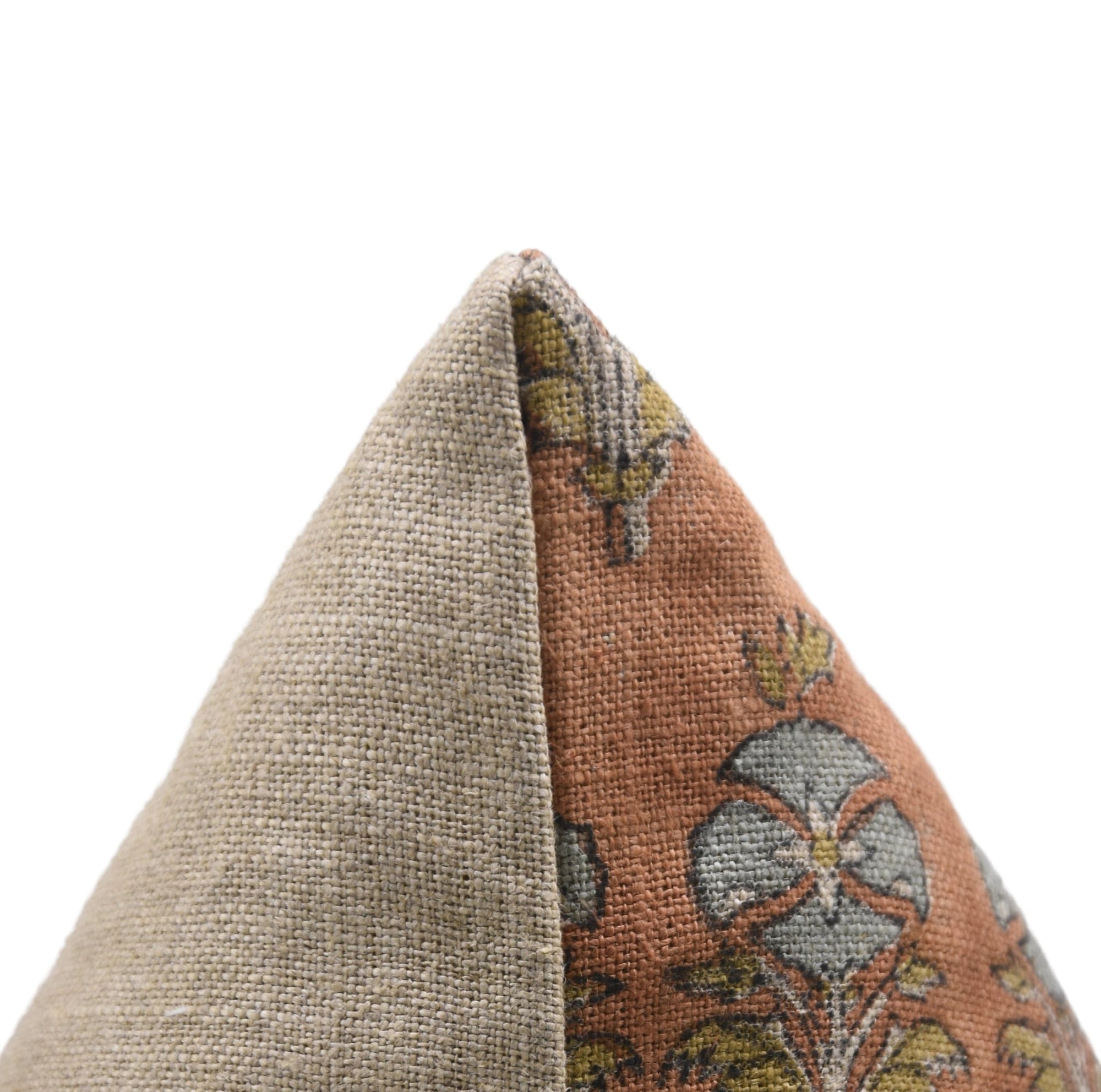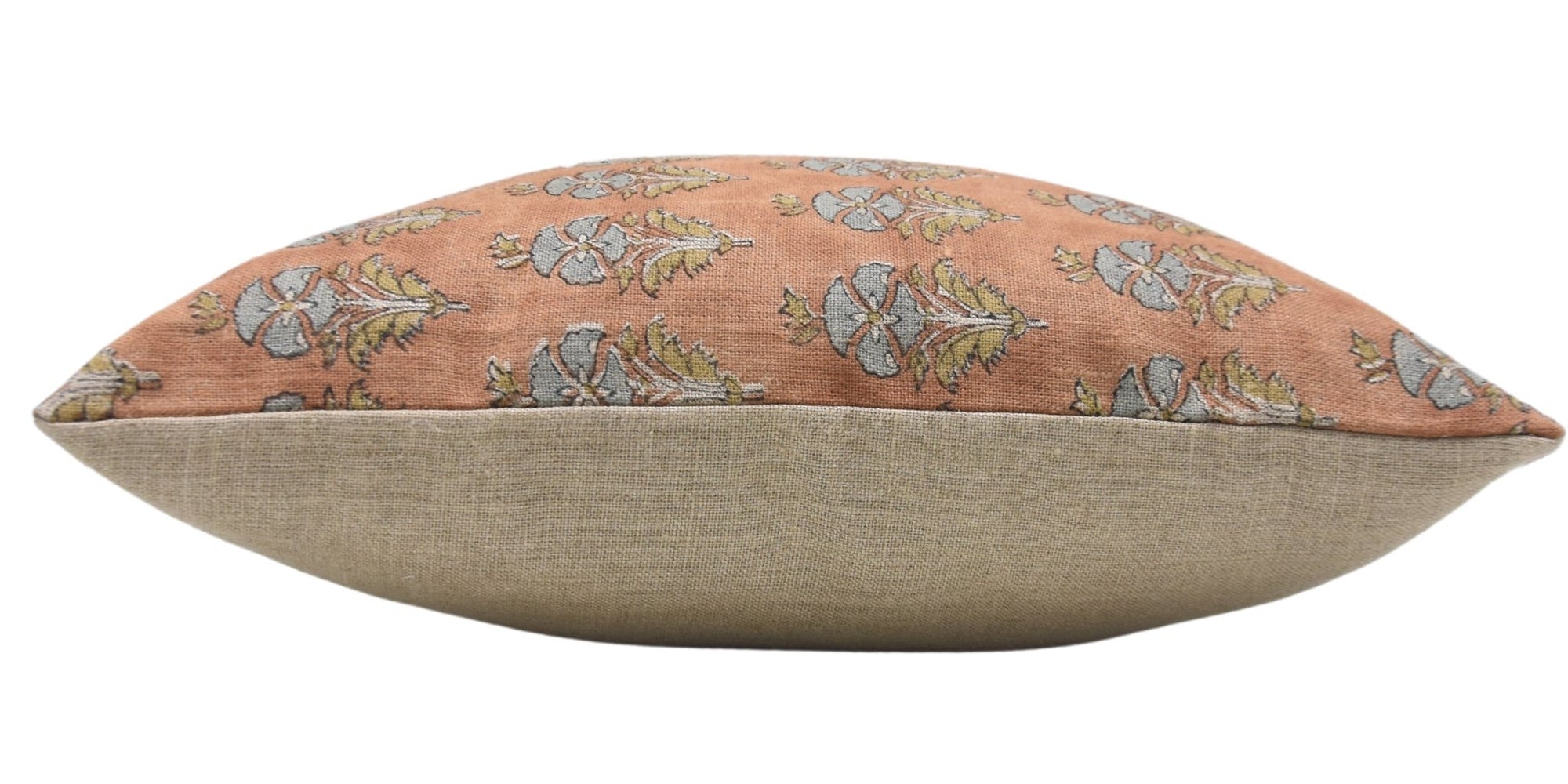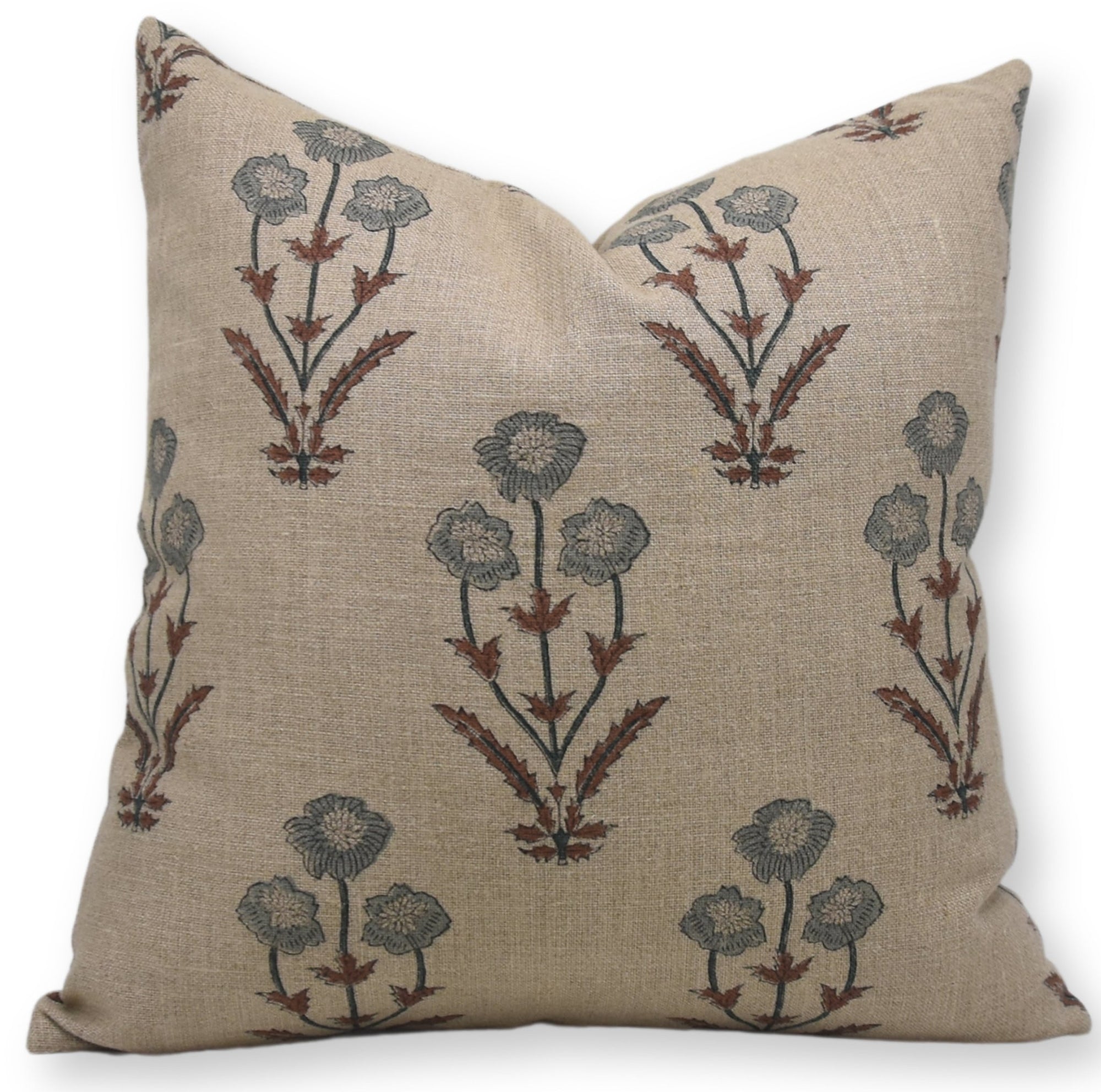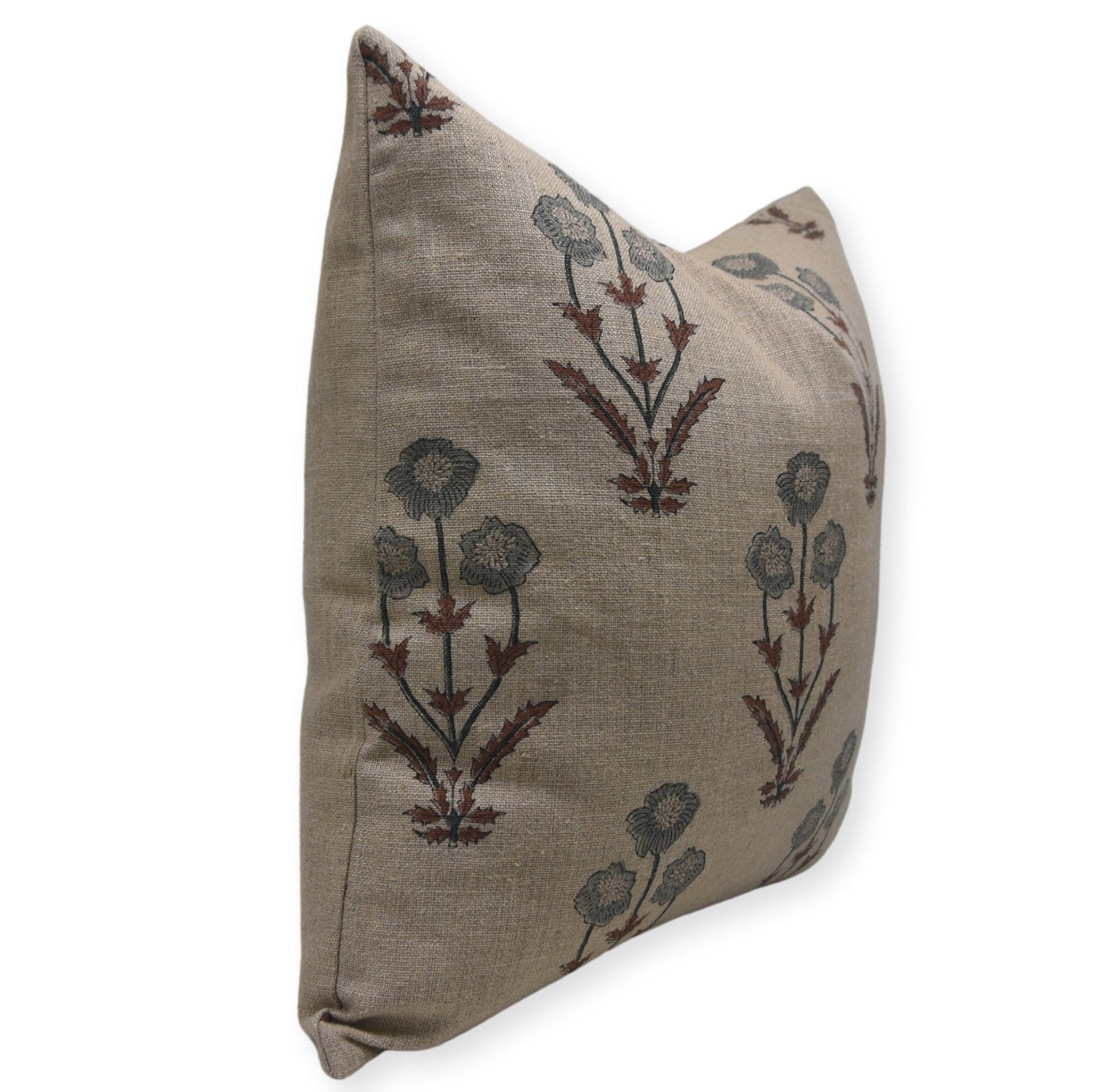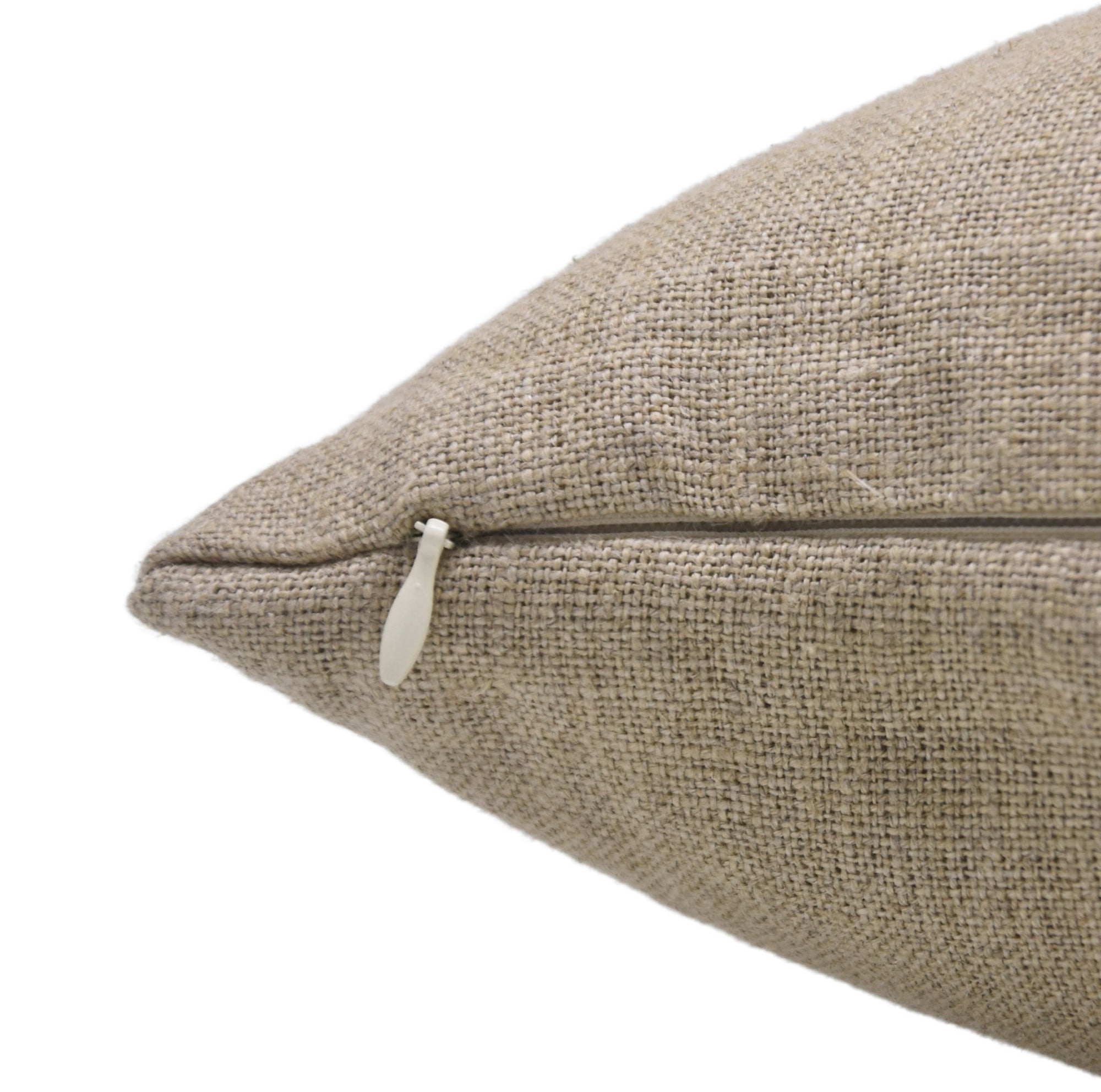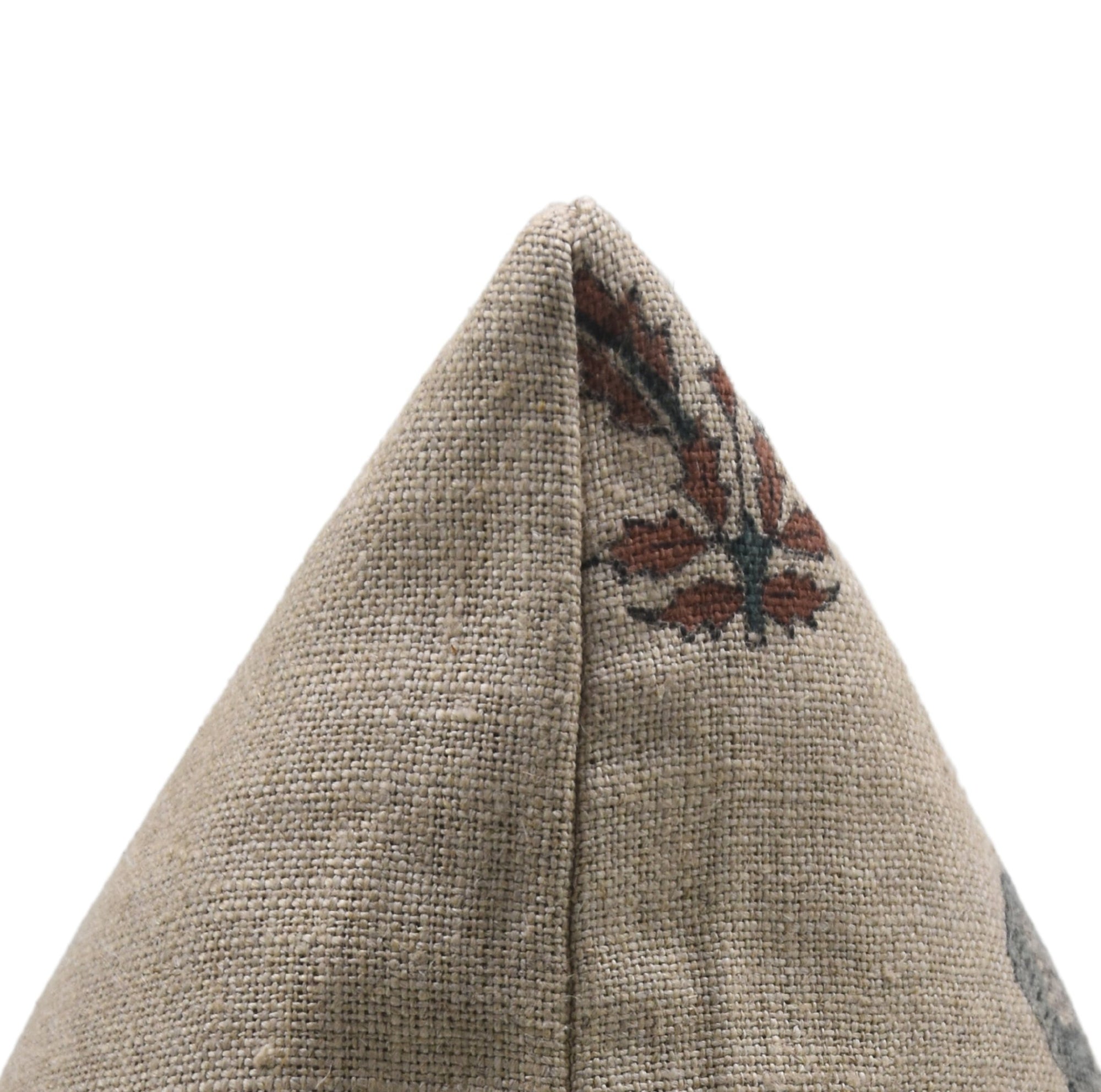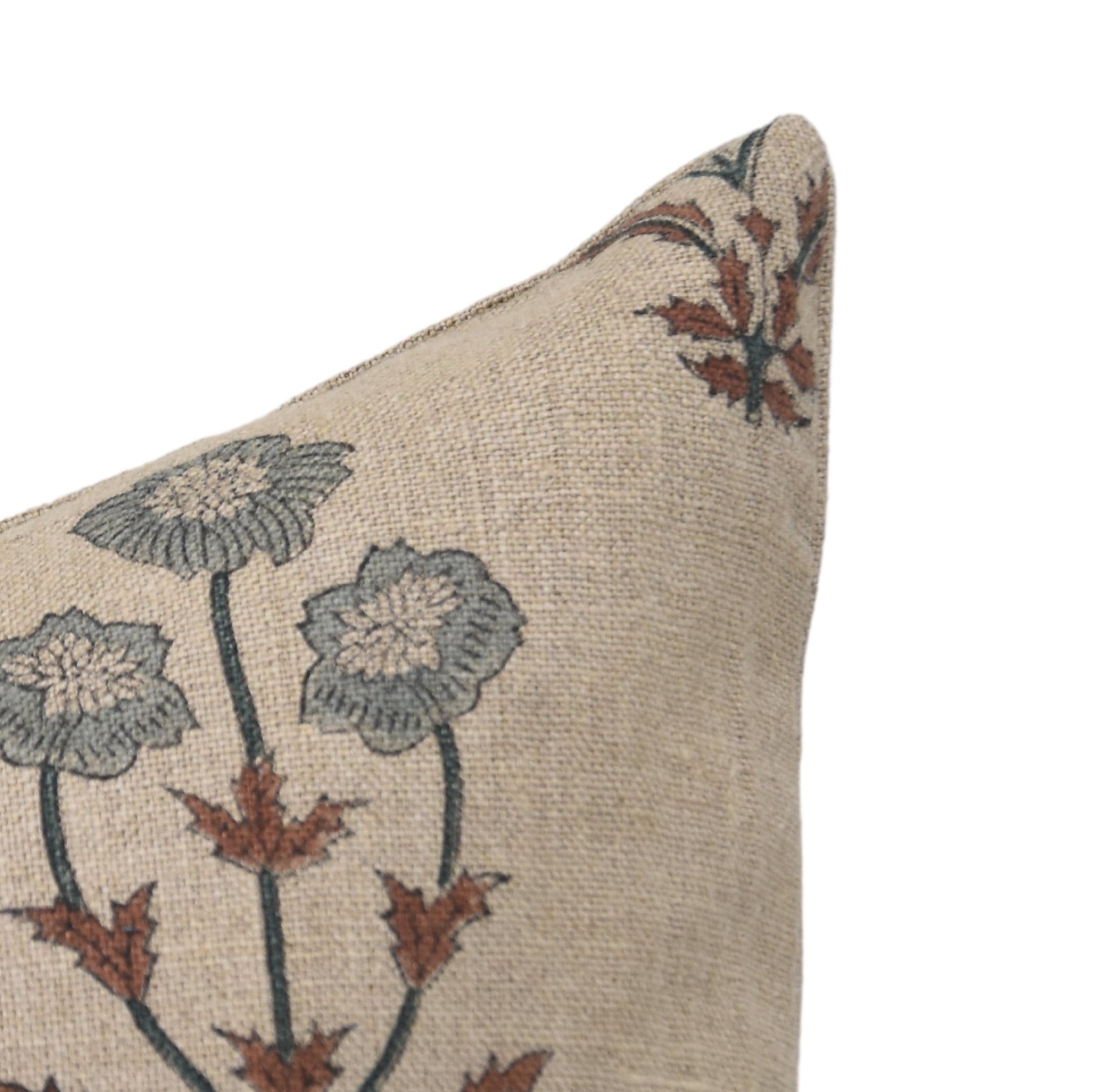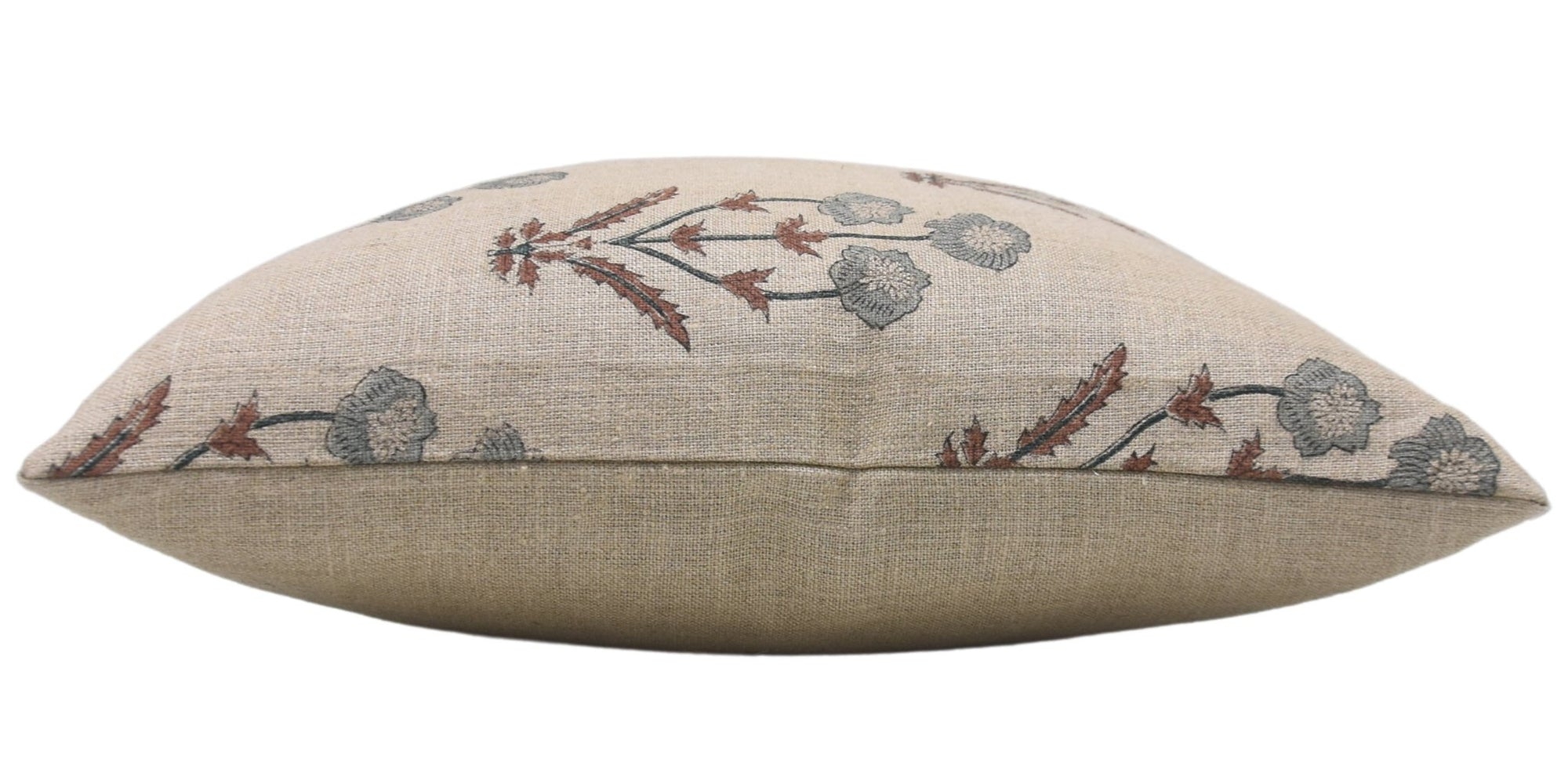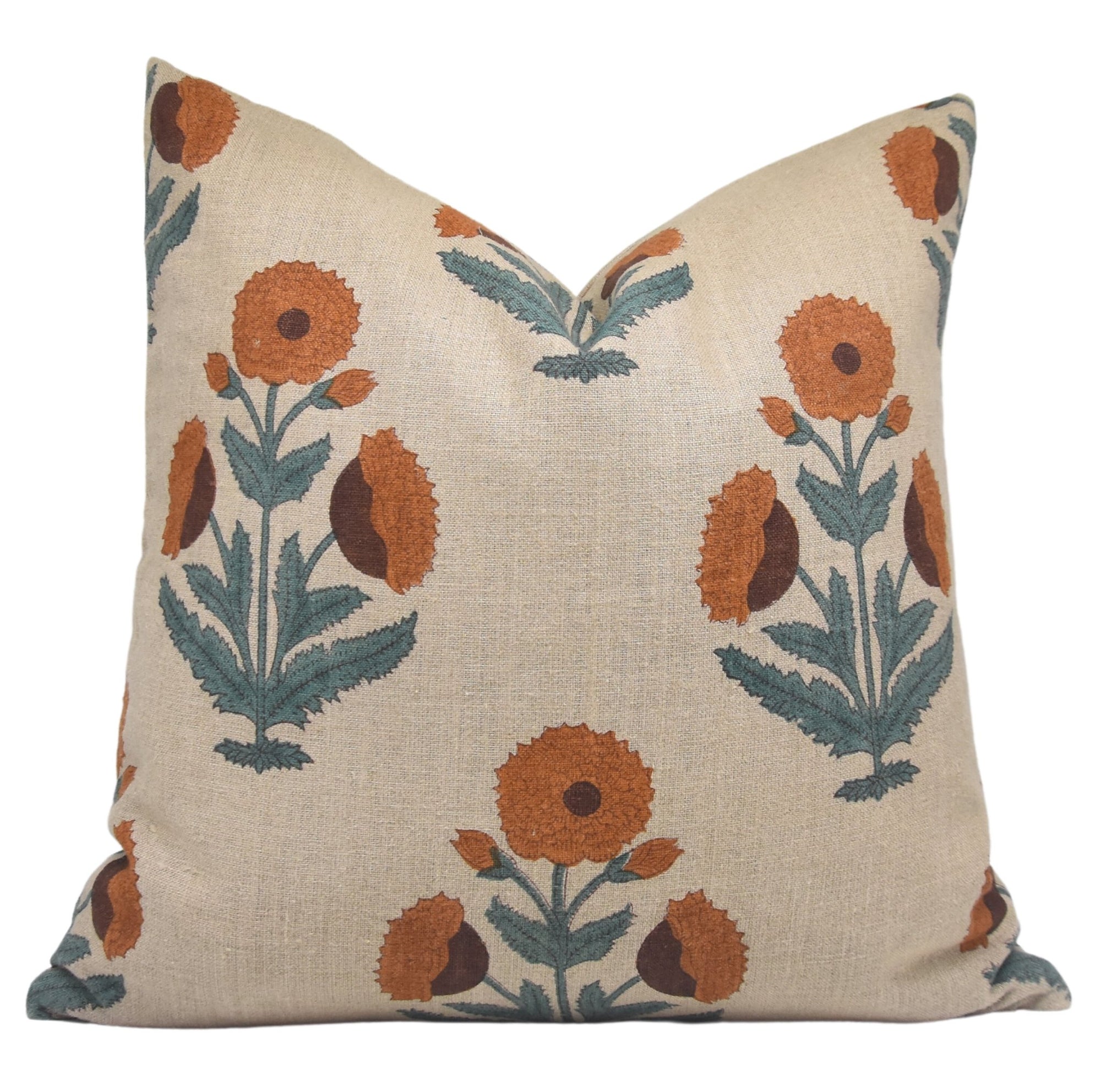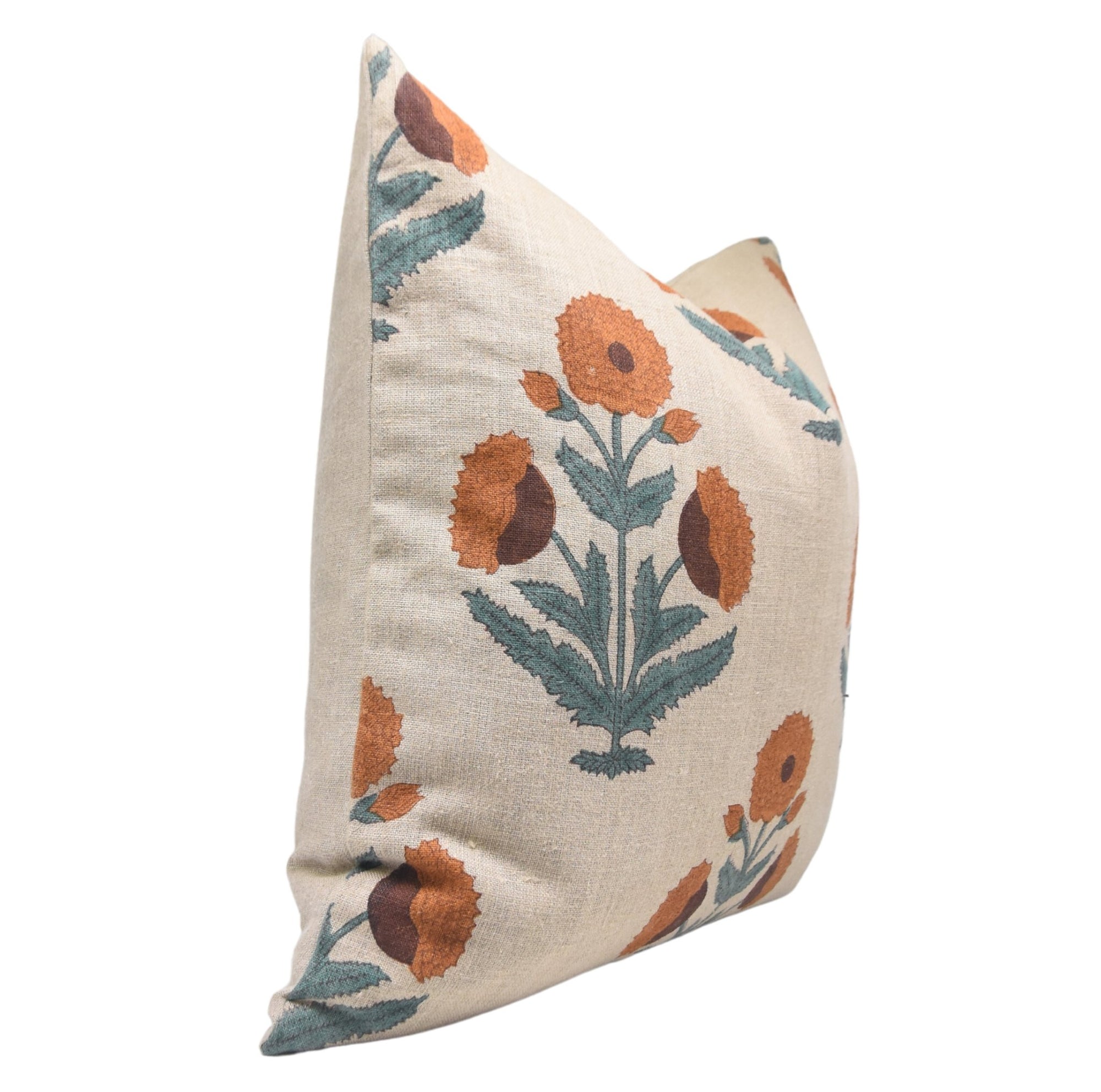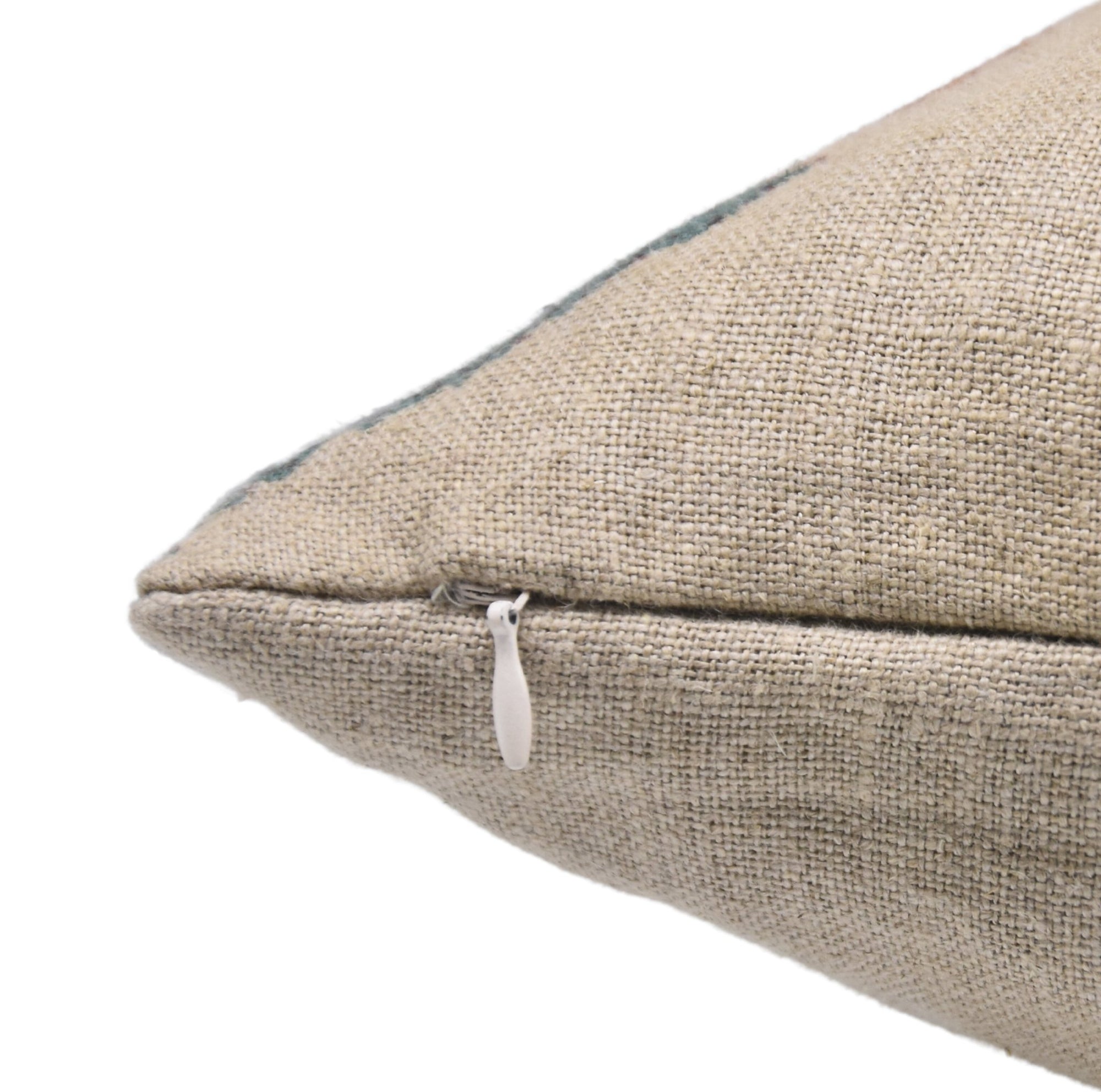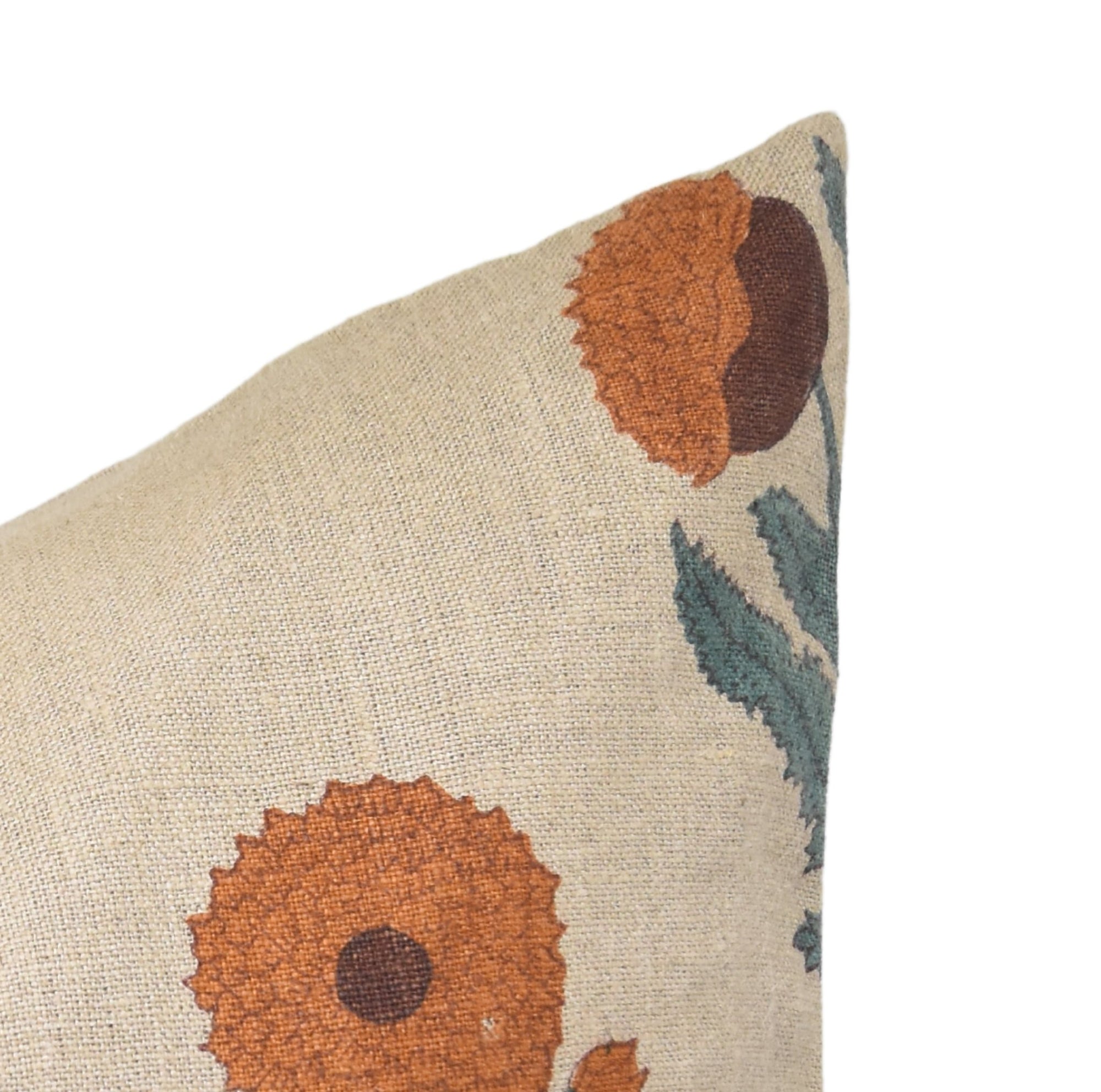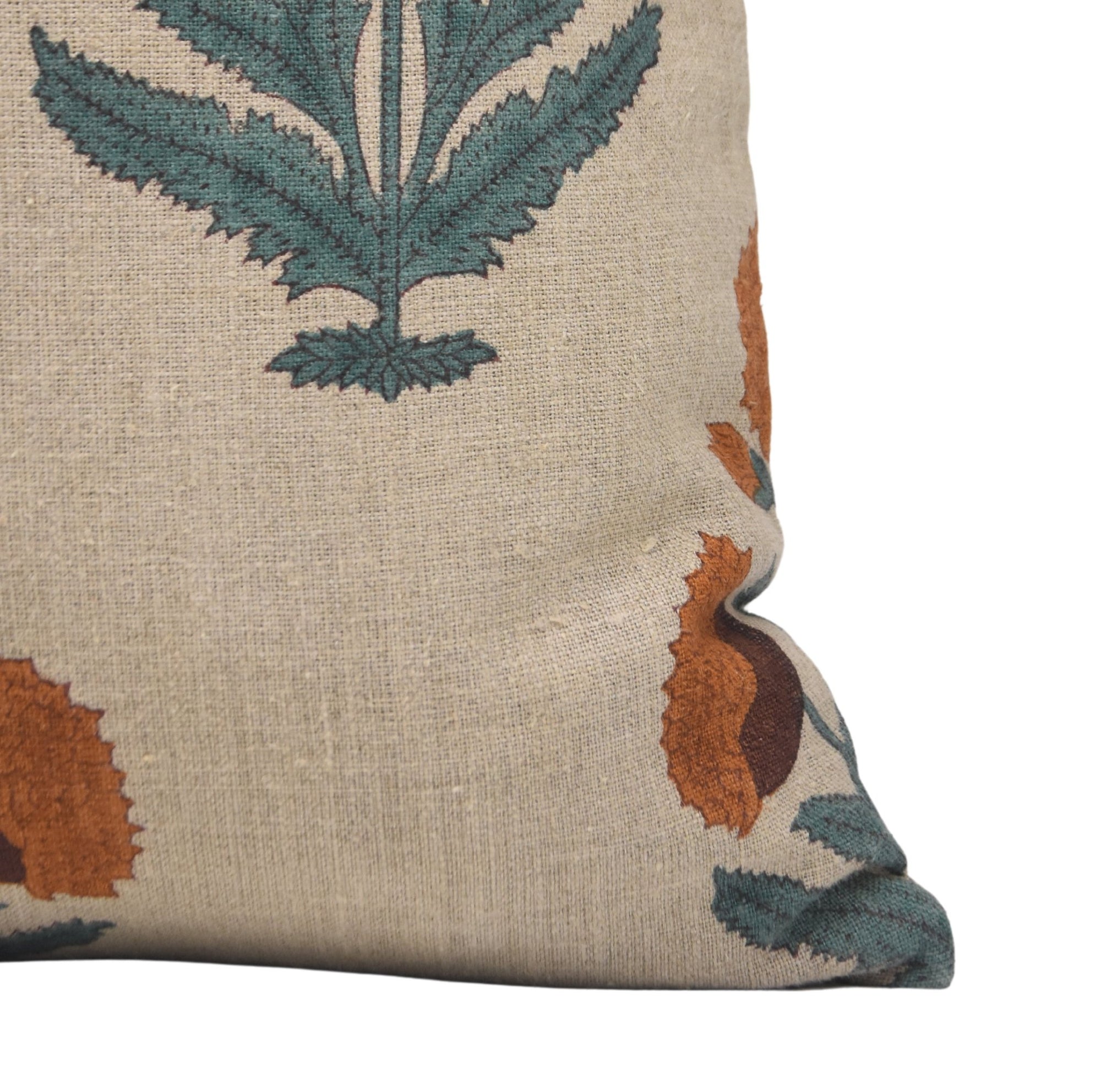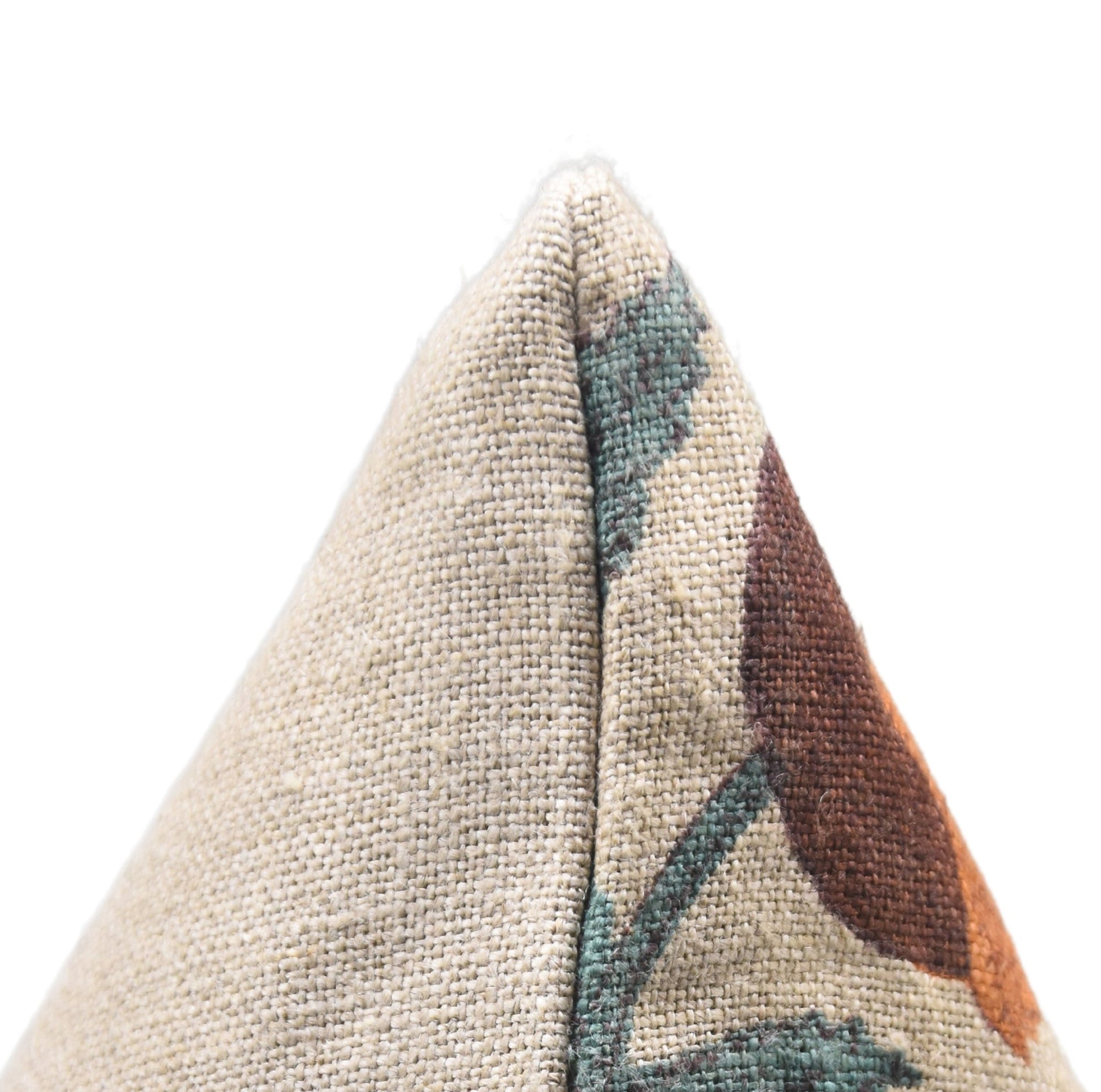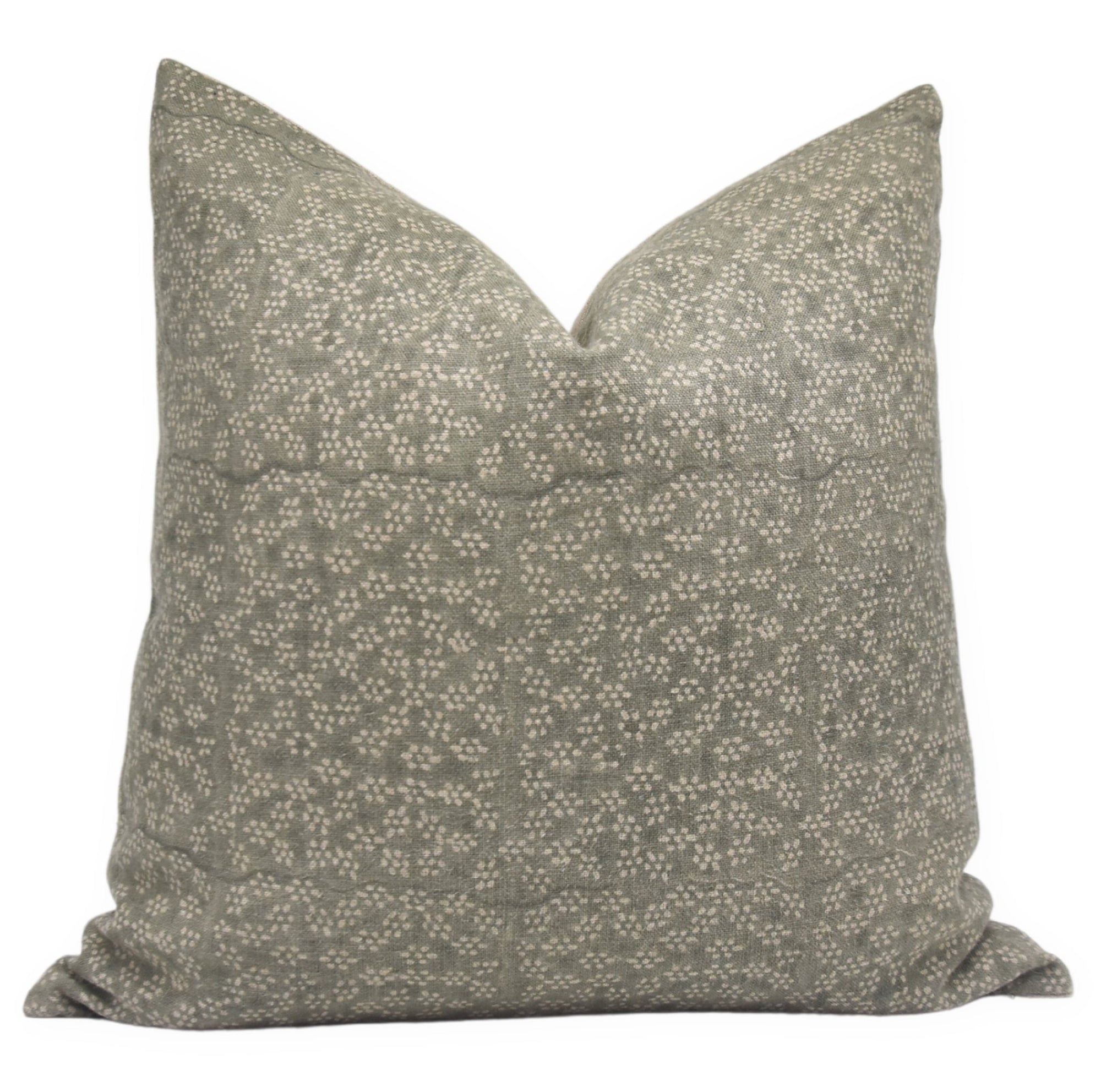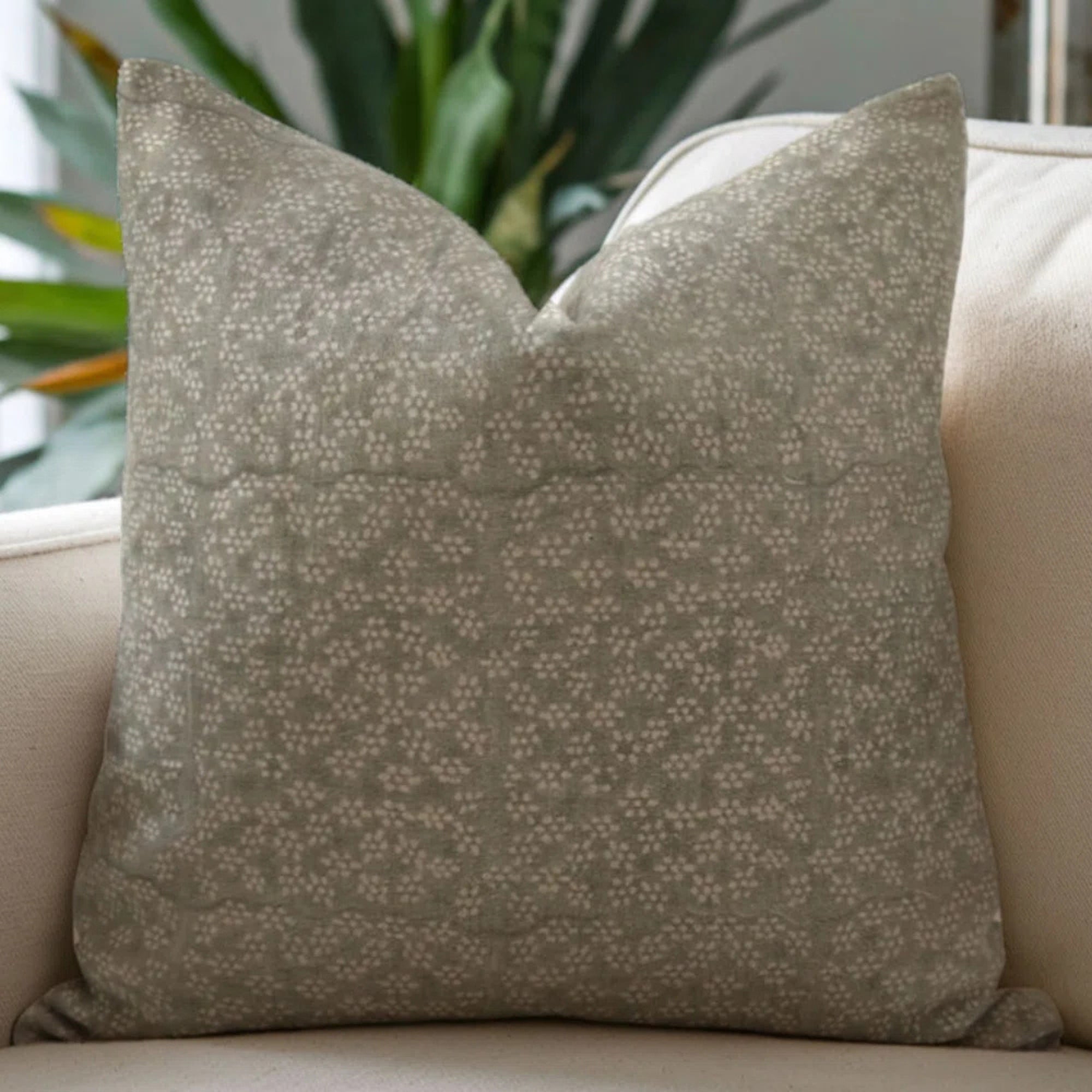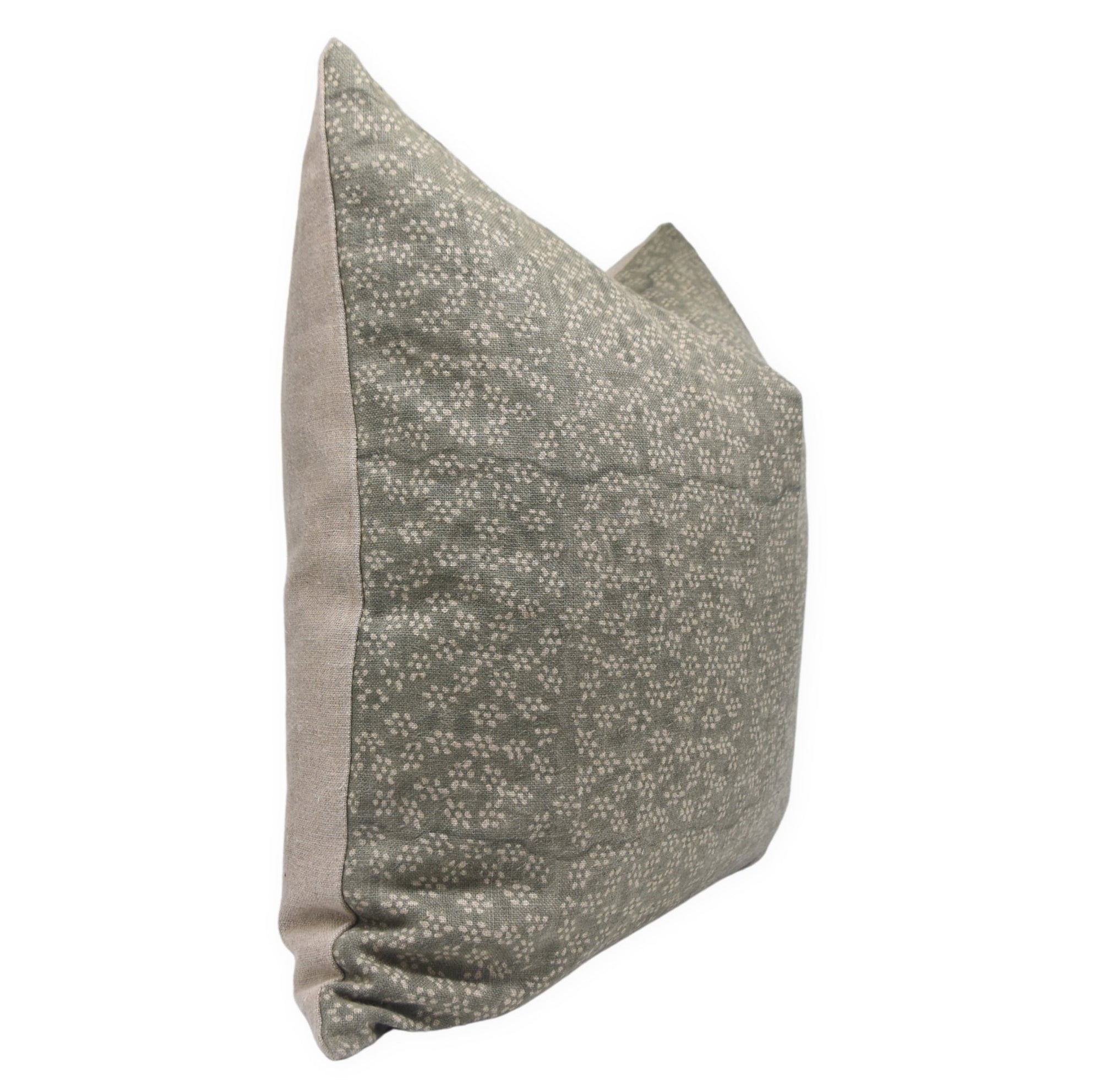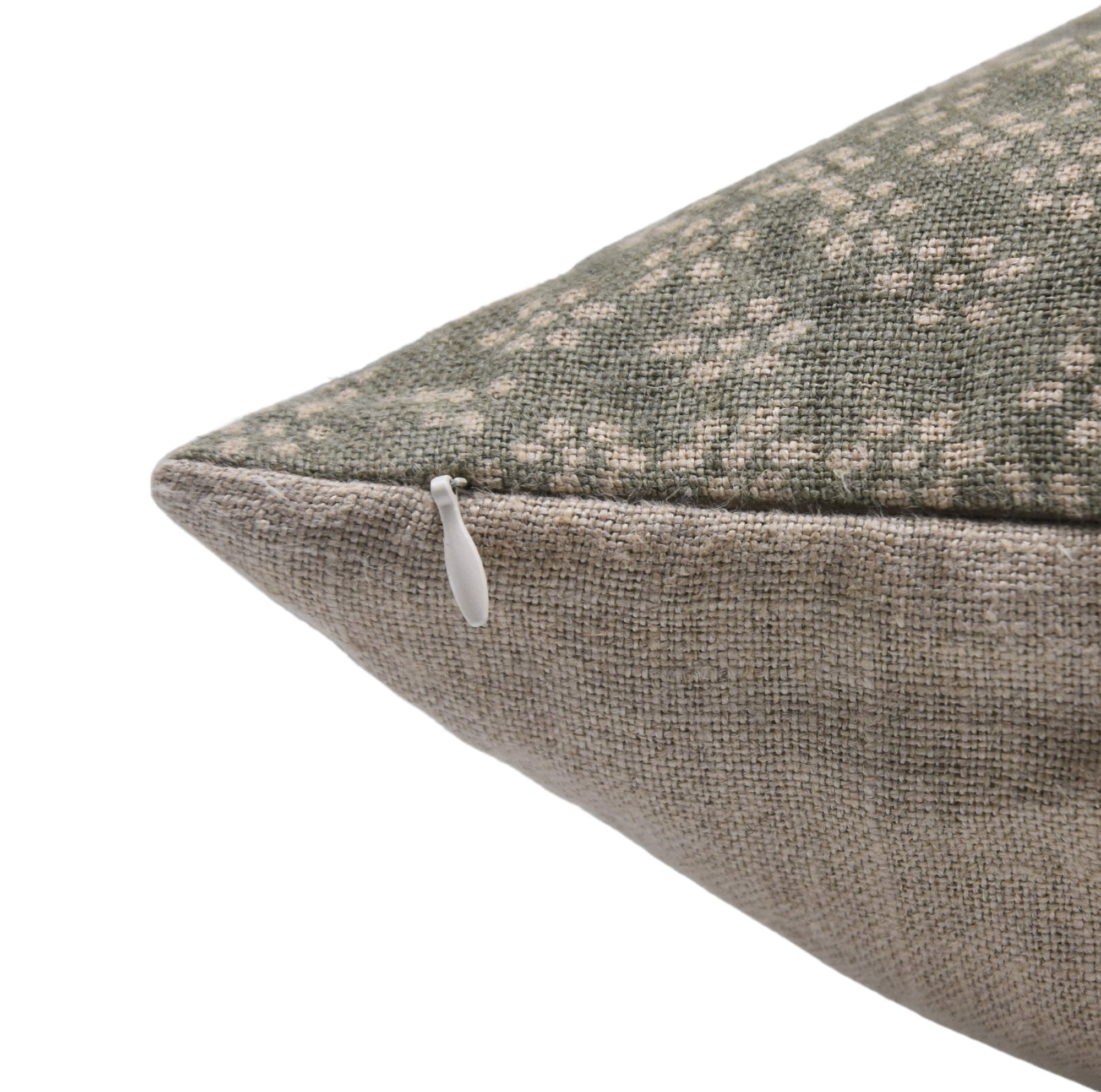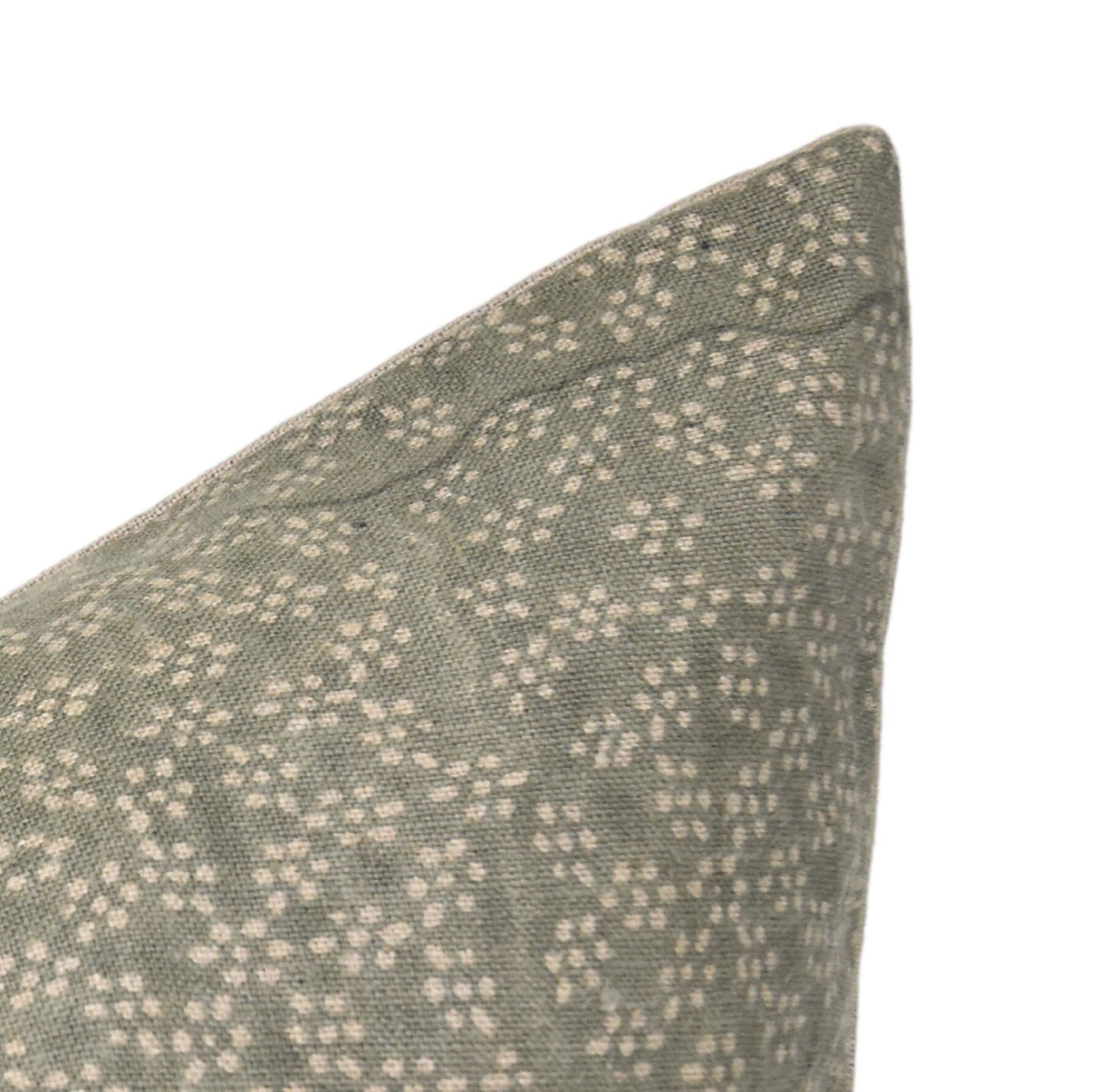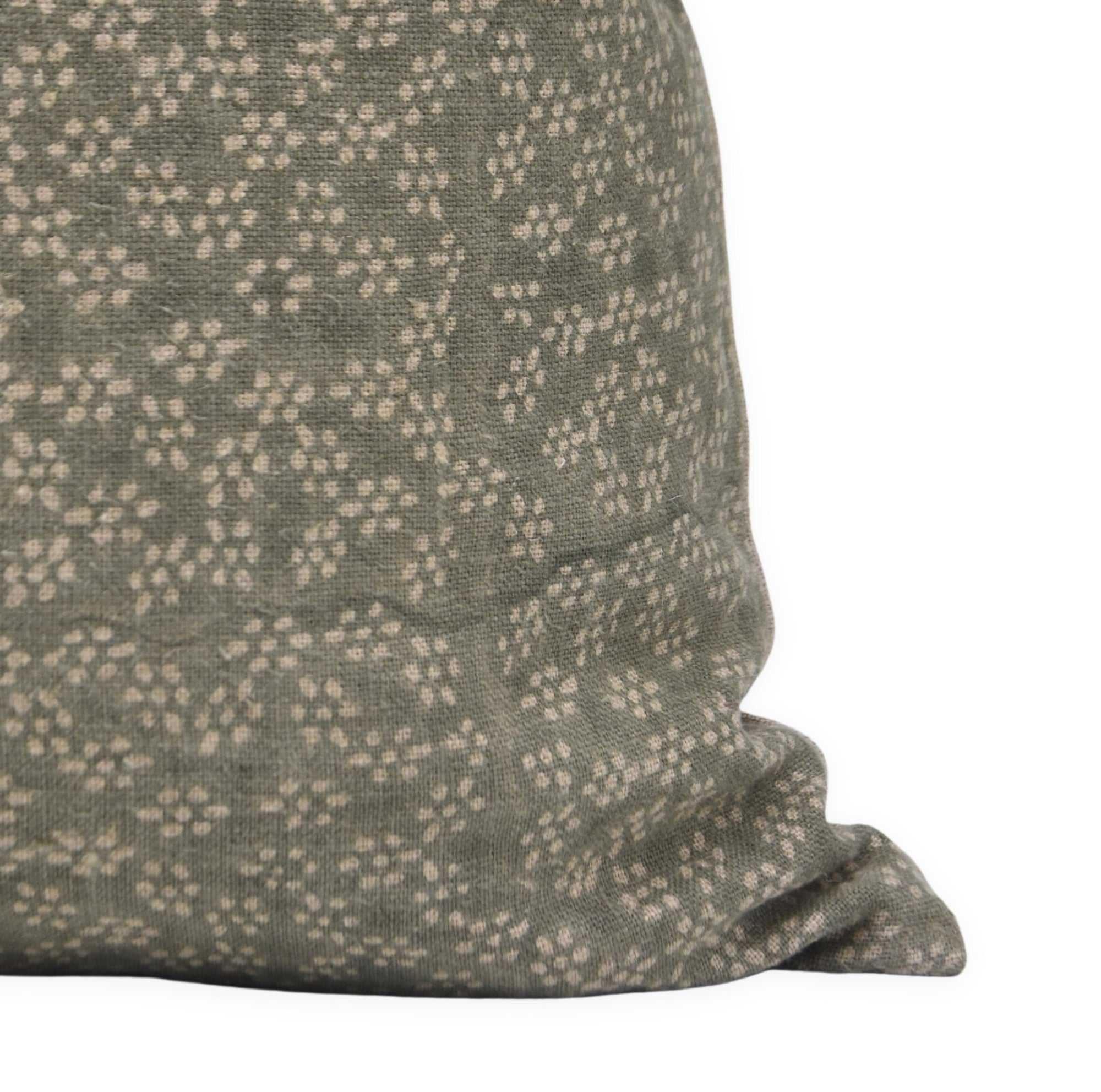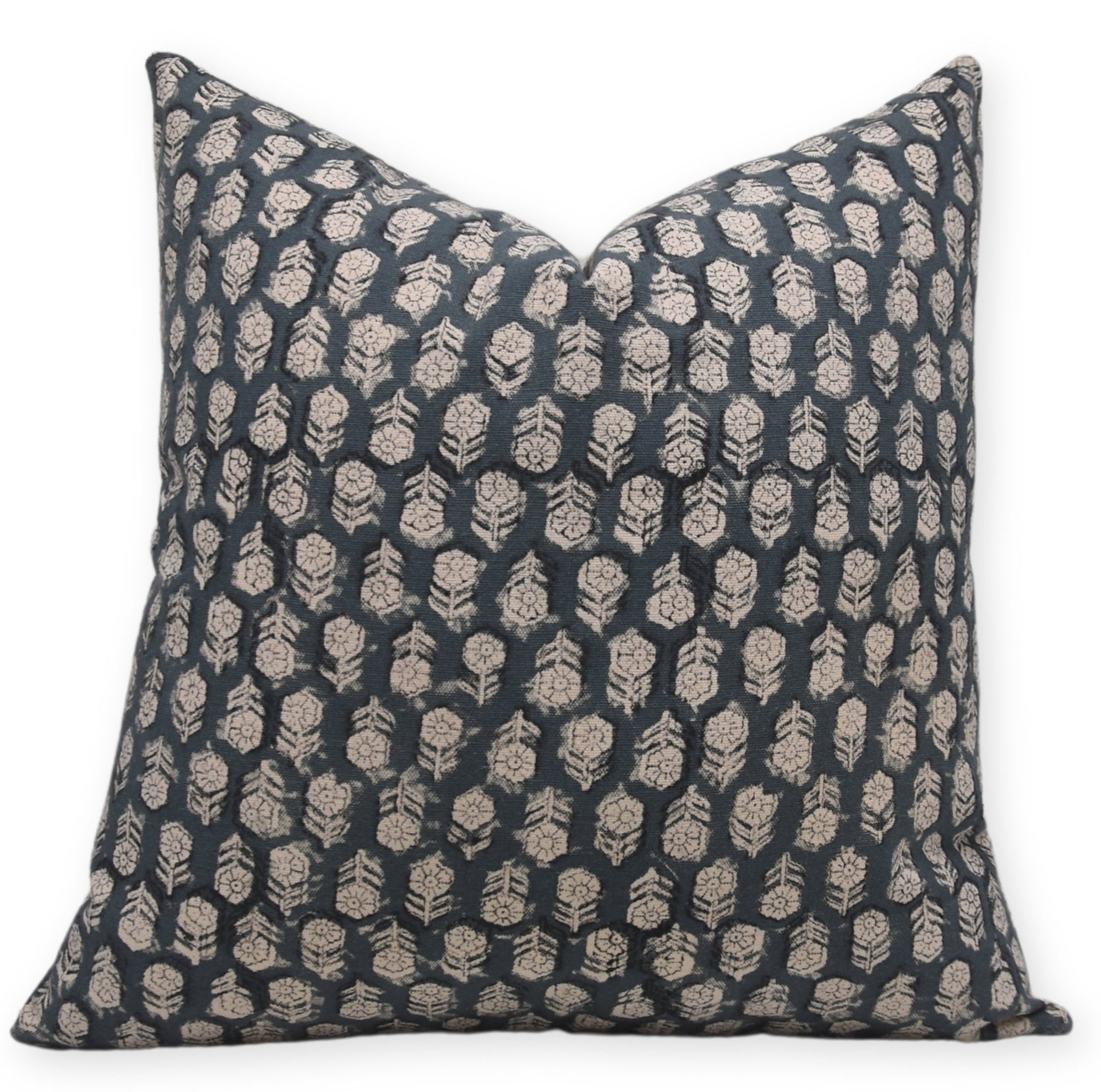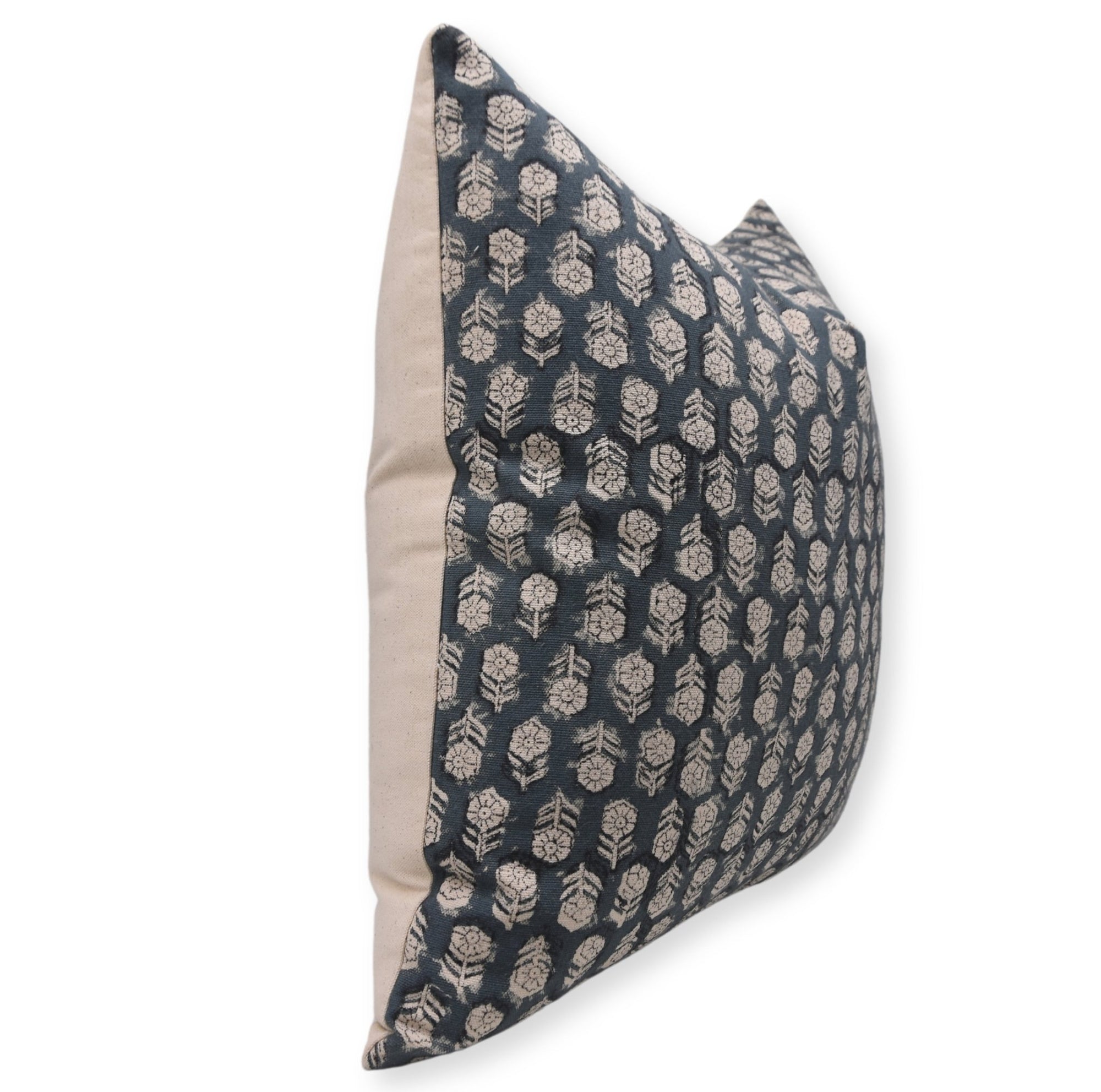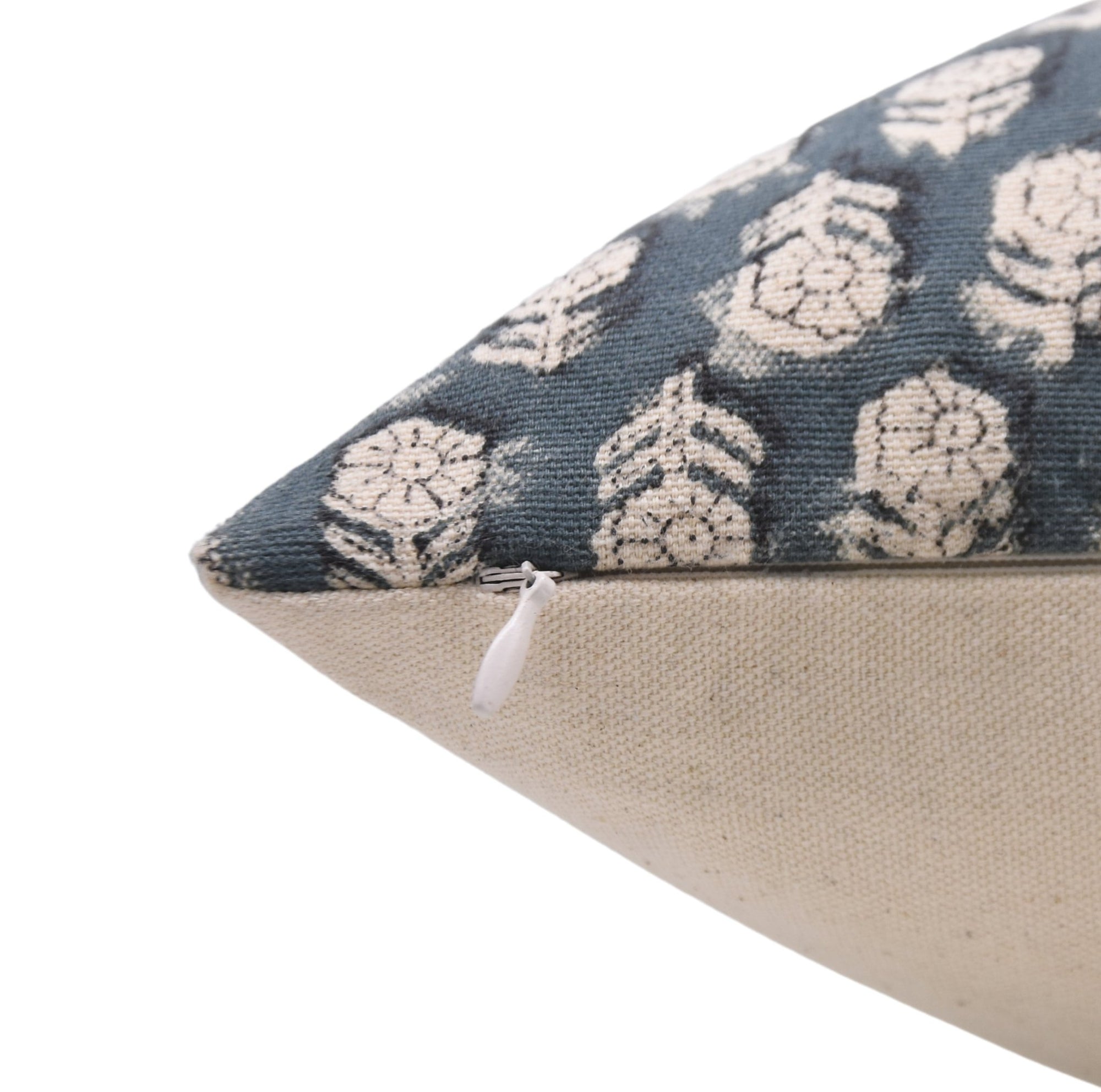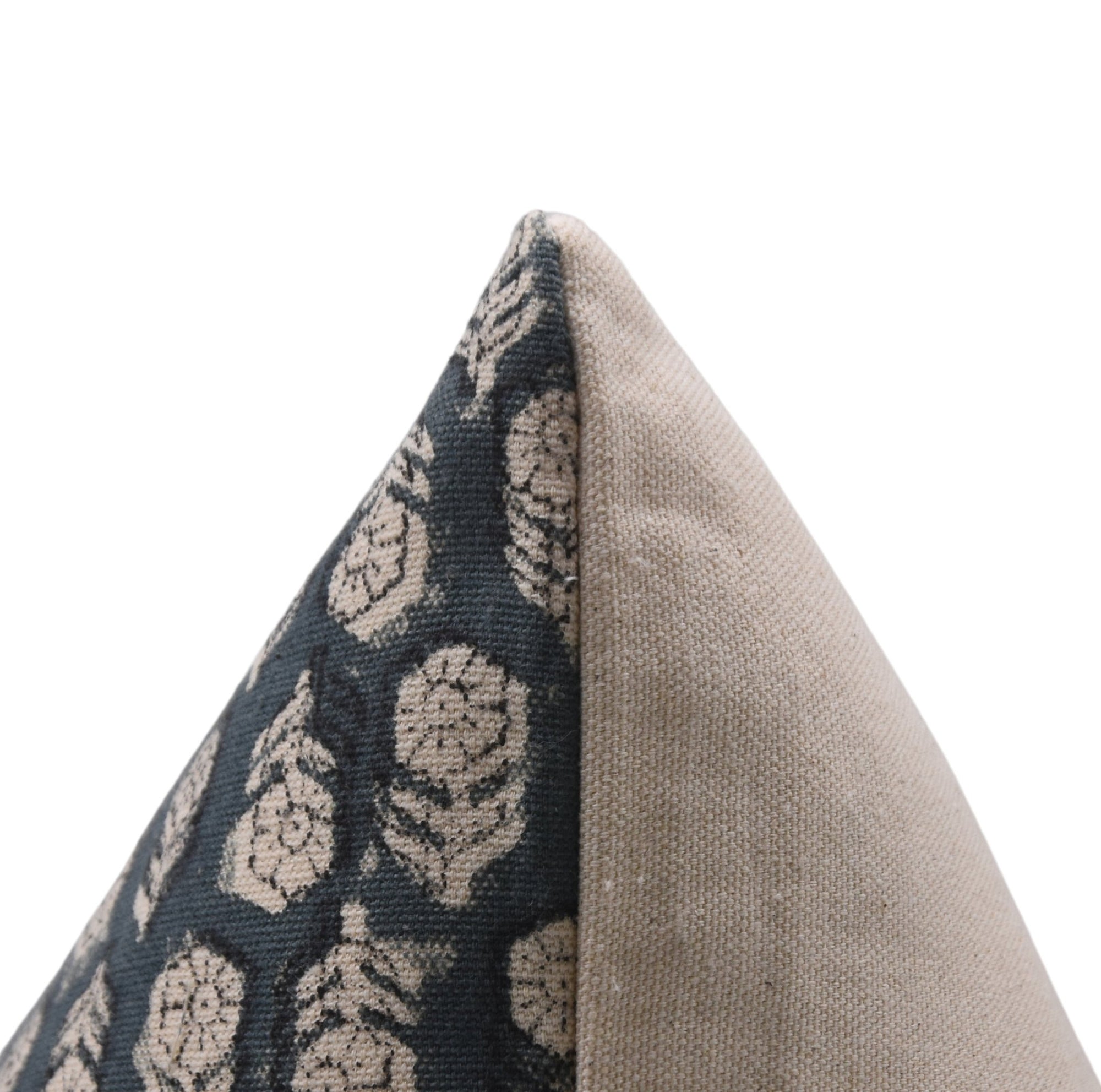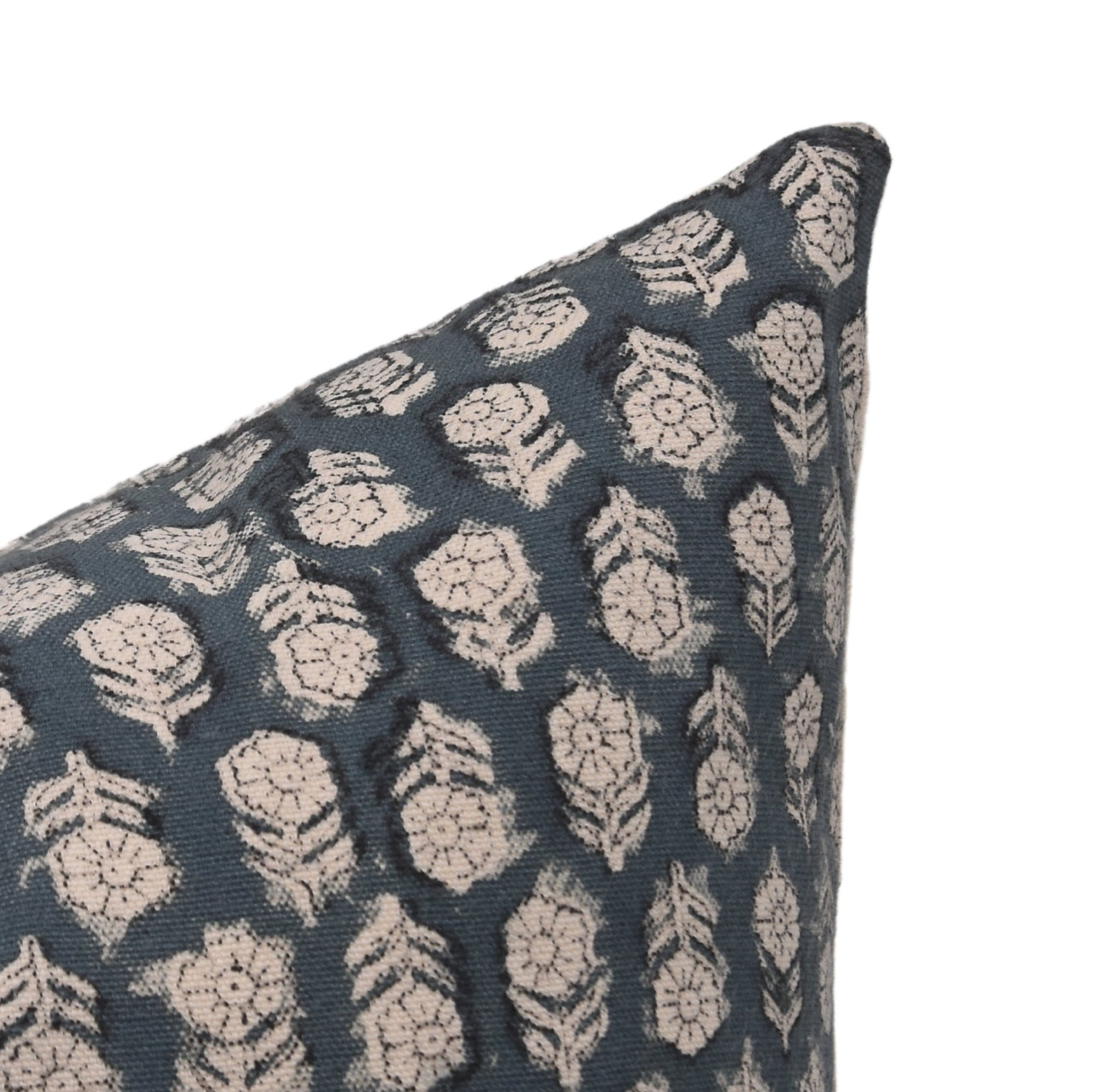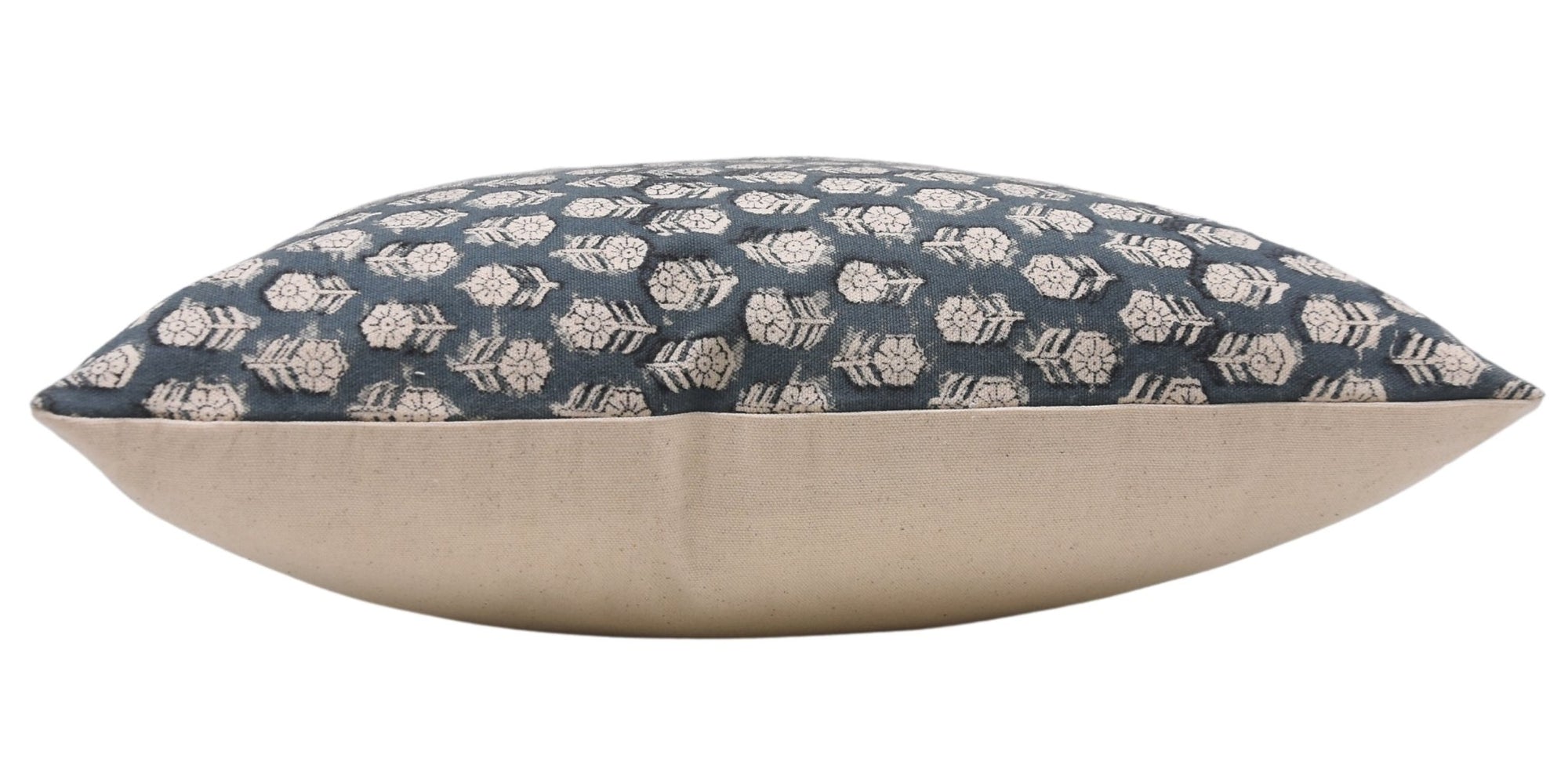A home that looks like it belongs in a design magazine but feels as good for the planet as it does for your soul. Gone are the days when eco-friendly home decor meant rough hemp curtains and clunky recycled furniture. Today, style and sustainability walk together, crafting homes that are Instagram-worthy yet Earth-friendly.
If you're going whole-house and redecorating, or just updating your current abode, the following advice will guide you toward decisions that are lovely, eco-conscious, and downright inexpensive.
1. The Foundation: Choosing Sustainable Materials That Wow-“Natural materials for home interiors that elevate your space”

Let's begin at the ground level, literally. Your furniture and flooring materials establish the stage for your whole home's green credentials. Bamboo flooring isn't only environmentally friendly (it regrows in 3-5 years compared to decades for hardwood), but also cool and trendy. Cork isn't solely for bulletin boards as wall tiles or flooring; it's naturally antimicrobial and provides great texture.
Don't forget about the walls. Low-VOC paints have come a long way; today's options offer rich, designer-worthy colors without the toxic fumes. Or consider natural plaster finishes that regulate humidity while creating stunning matte surfaces. These choices prove that green home decor tips can result in spaces that are anything but bland.
2. Secondhand Chic: The Art of Curating Pre-Loved Pieces- “How to decorate sustainably with vintage finds”
Here's a secret the interior design pros know: the most interesting homes mix old and new. Scouring flea markets for that perfect mid-century chair or vintage Persian rug isn't just economical, it keeps items out of landfills. Each piece comes with a history that mass-produced furniture can't replicate.
Start with larger anchor pieces, a solid wood dresser from the 1950s will outlast five particleboard versions. Then layer in smaller vintage finds: brass candlesticks, ceramic vases, or framed antique prints. Not into the hunt? Many online marketplaces now specialize in curated secondhand furniture that's been professionally restored.
This approach to eco-conscious home styling creates depth and personality while being incredibly sustainable. Bonus: When friends compliment your unique finds, you get to share their stories along with your decor philosophy.
3. The Green Edit: Decor That Does Double Duty- “Sustainable home decor ideas that combine form and function”

Every item in your home should earn its keep, especially when you're committed to eco-friendly home decor. Look for pieces that solve problems while looking great. A beautiful woven basket that stores blankets and reduces clutter. Living wall planters that purify air while serving as art. Solar-powered lamps that charge by day and create ambiance by night. Recycled glass countertops that are durable and conversation-starting
4. The Conscious Consumer’s Guide to Ethical Shopping- ”How to spot truly sustainable products in a sea of greenwashing”
Navigating the world of eco-friendly home decor requires a sharp eye. Many brands slap green labels on products that aren't truly sustainable. Look for third-party certifications like Green Guard, Fair Trade, or Cradle to Cradle when selecting items. Research company practices - do they use renewable energy in production? Offer take-back programs? Transparent supply chains separate the genuinely eco-conscious from the marketing hype.
For stylish, friendly furniture, investigate the entire lifecycle. A beautiful reclaimed wood table loses its sustainability points if shipped overseas with a massive carbon footprint. Local artisans often create the most sustainable (and unique) pieces. Digital tools like Good On You and the Think Dirty app help assess brands' environmental claims before you buy.
5. Future-Proof Decor: Designing for Flexibility & Longevity- “Sustainable home decor ideas that evolve with your life”
The most sustainable design choice is something you'll love for years. Invest in timeless, adaptable pieces rather than trend-driven items. Modular furniture systems grow with your needs - sectional sofas that reconfigure, expandable dining tables, or stackable storage units. Neutral foundations allow for easy updates with recycled decor items for your home as your style evolves.
Consider the end from the beginning. How will components be repaired or recycled? Furniture with replaceable parts (like cushion covers or table tops) lasts decades. When selecting natural materials for home interiors, choose classic over quirky - a simple oak table will outlast a novelty shape. This approach creates spaces that feel curated rather than disposable, proving that sustainability and sophistication go hand-in-hand.
6. The Zero-Waste Decorator’s Toolkit- “Creative ways to decorate while generating virtually no trash”
True eco-friendly home decor starts by rethinking waste streams. Turn shipping pallets into statement wall art or bookshelves. Transform wine corks into bulletin boards or bath mats. Old newspapers become chic papier-mâché vases when sealed with natural beeswax. For affordable, eco-friendly decor, visit architectural salvage yards for unique doorknobs as curtain tiebacks or vintage windows as picture frames.
Keep a "materials bank" - leftover fabric scraps become quilted wall hangings, broken ceramics transform into mosaic tabletops, and even mismatched socks can be stuffed into draft stoppers. This approach to how to decorate sustainably turns what would be trash into conversation-starting design elements while keeping money in your wallet and waste out of landfills.
7. Biophilic Design: Bringing the Outdoors In Responsibly- “Natural materials for home interiors that create wellness benefits”

Beyond just using sustainable materials, basophilic design actively improves your living environment. Living walls with air-purifying plants like peace lilies or spider plants serve as dynamic green home decor tips that change with the seasons. Preserved moss art installations provide nature's calming effects without maintenance.
For non-toxic home decorating, incorporate raw, unfinished wood elements that release beneficial phytoncides. Use natural wool rugs that regulate humidity rather than synthetic alternatives. Even something as simple as positioning furniture to maximize natural light reduces energy use while boosting mood.
Conclusion
Making an eco-friendly home decor plan isn't a sacrifice; rather, it is conscious decision-making that suits your values and aesthetics. From the base materials to those final touches of decoration, every choice is a chance to advance sustainable methods while creating a space that expresses you.
The prettiest homes are those that tell a tale, and what tale is more enticing than one of ecological stewardship alongside excellent design? With more manufacturers and artisans adopting environmentally sound practices, never has it been simpler to create spaces that appear good, feel good, and do good.
FAQs:-
-
How can I incorporate eco-friendly elements in a rental home?
Focus on organic textiles for home design, like curtains and rugs that you can take with you, plus removable wallpaper and plants that improve air quality.
-
Are Any Window Treatments Considered Green?
For consideration are bamboo blinds or curtains made from organic linen, since both are biodegradable and are more durable than synthetics in some cases.
-
Would It Be The Most Eco-Friendly Flooring Solution For High Traffic?
Natural linoleum (based on linseed oil) or reclaimed wood is absolutely beautiful; totally sustainable and environmentally friendly.
-
Where To Find Eco-Furnishings On The Cheap?
Browse online marketplaces for pre-loved furniture of good quality or, alternatively, new designs from rapidly renewable sources like rattan or bamboo.
-
Are Smart Home Technologies A Part Of Sustainable Decor?
Yes, for sure. Energy-efficient LED lighting systems and smart thermostats save your footprint whilst providing modern ease.




